|

HOME |
ABOUT | INDEX |
NEWS |
FACEBOOK |
CONTACT
ALLIES
Advocates | Activists | Support and Affirmation
LGBTQ Allies
"I don't
have to be gay to be a supporter. l I just have to be
human."
-Daniel
Radcliffe, Harry Potter
"If you
claim to be somebody's ally, but aren't getting hit by
the stones thrown at them, you aren't standing close
enough."
-Stan
Mitchell
"I’m about as privileged as you can get. I’m a white,
male, heterosexual front man of a rock band. So the
weight I feel every day is, What are you doing with
that?"
-Dan
Reynolds, Imagine Dragons Frontman
"I affirm that I am a friend and ally of the LGBTQ
community and that I will use my voice to take a stand."
-GLAAD
Allies Program
"My gay fans know that I completely love
and accept them, as I do all people.
I've struggled enough in my life just to
be appreciated and understood. I've had
to go up against all kinds of people
through the years just to be myself. I
think everybody should be allowed to be
who they are, and to love who they love.
I don't think we should be judgmental."
-Dolly Parton
"The function of freedom is to try to
free someone else."
-Toni Morrison
“If you’re gay, God bless you. If you’re
trans, God bless you. And if you have a
problem with them, fuck you."
-Charles Barkley
Best Gay Allies of All
Time
Scene From A Man Called Otto
Showing Pride and Support
Stephen Colbert: Great
LGBTQ Ally
Sheryl Lee Ralph: Advocate of the Year
Allies: Dwayne Wade and Gabrielle Union
The Diva Ally: Gay Icons
Sade to Release New Song Dedicated to
Her Trans Son
Cyndi Lauper is Our Advocate of the Year
Coming Out: Being a Good Ally
What
Makes Patrick Stewart a Gay Icon?
Marlon Wayans, Who Has a Trans Son, Trolls Bigots with
Pride Post
Cyndi Lauper Named Lifetime Ally Icon for WeHo Pride
Marcia Gay Harden: How My Three Queer Kids Made Me an
Activist
Straight for Equality: PFLAG Guide to Being an Ally to
LGBTQ People

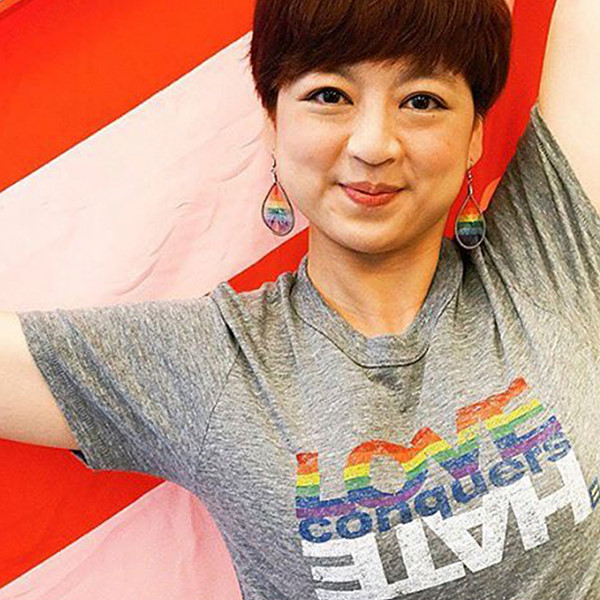
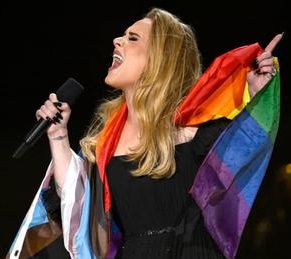
An LGBTQ ally is a heterosexual
(straight) or cisgender (gender conforming) person who believes in, supports, and advocates for LGBTQ rights. In relation to issues of oppression, an
ally is defined as a person who is a member of the
"dominant" or "majority" group who challenges inequality
and prejudice and works to end oppression in his or her
personal and professional life through support of, and
as an advocate with and for, the oppressed population.
An LGBTQ ally is a person, often straight, who is
accepting and supportive of the LGBTQ community.
You have the opportunity to be an ally and a friend at
home, school, church, work, and in your community. A
straight ally can merely be someone who is supportive
and accepts the LGBTQ person, or a cisgender/straight ally can be
someone who personally advocates for equal rights and
fair treatment.
Allies are some of the most effective and powerful
voices of the LGBTQ movement. Not only do allies help
people in the coming-out process, they also help others
understand the importance of equality, fairness,
tolerance and mutual respect. They raise awareness and
build bridges by actively, publicly, and courageously
practicing acceptance of and support for LGBTQ people
and speaking out in their behalf.
AOC Delivers Powerful Statement in
Support of Trans Youth: I Stand With You
Dolly Parton: On Supporting the LGBTQ
Community
Tennessee Mom Defends LGBTQ Community
Dwayne Wade & Gabrielle Union
Boston Declared Sanctuary City for LGBTQ
Community
Sheryl Lee Ralph: LGBTQ Advocate of the
Year Award
Jill Biden Champions LGBTQ Rights Movement's History
Oprah Defends Gay People in 1997
NBA Legend Charles Barkley: Message
for Transphobes and Homophobes
How to Truly Show Up as an Ally to Marginalized
Communities
What Makes Cyndi Lauper a Gay Icon?
Why Pride: Explanation for Straight People
Joe Biden's As You Are Campaign
Elizabeth Taylor: Supporting LGBTQ Rights
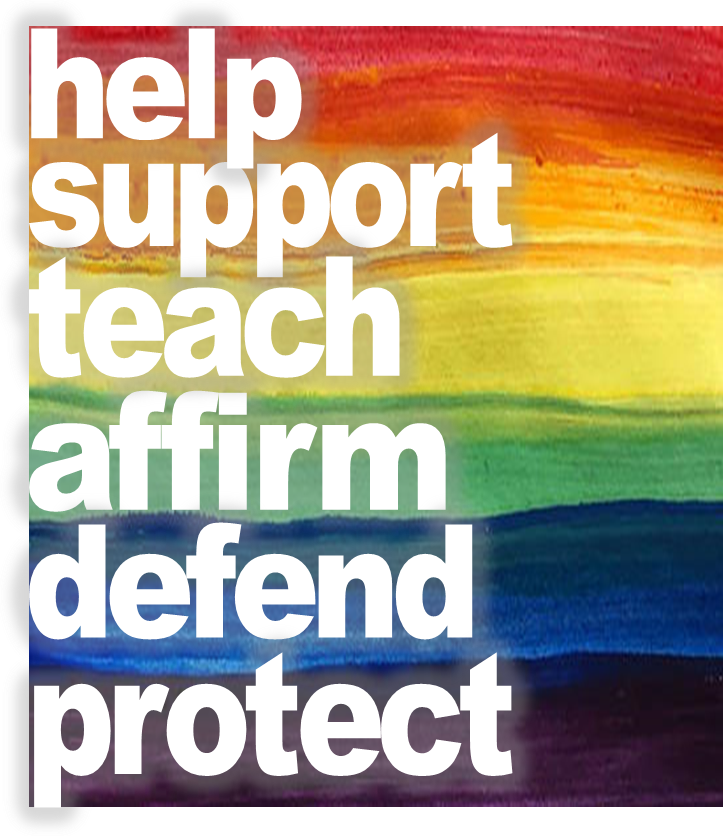
LGBTQ Allies and Advocates
Advocate – Any person who
actively promotes justice and equality
for the LGBTQ community. They raise
awareness and educate others regarding
the important issues and concerns among
LGBTQ people. They defend LGBTQ rights
and protection and speak out against
discrimination. They take the lead in
advancing the cause of LGBTQ recognition
and wellbeing.
Ally – A straight,
heterosexual, cisgender, or non-queer
person who personally accepts, respects,
and actively supports members of the
LGBTQ community. They work alongside
their LGBTQ partners in publicly
defending and protecting LGBTQ people.
They speak out against injustice and
inequality and fight for LGBTQ rights.
They help to raise awareness of LGBTQ
issues. They affirm and celebrate the
contributions of LGBTQ people.
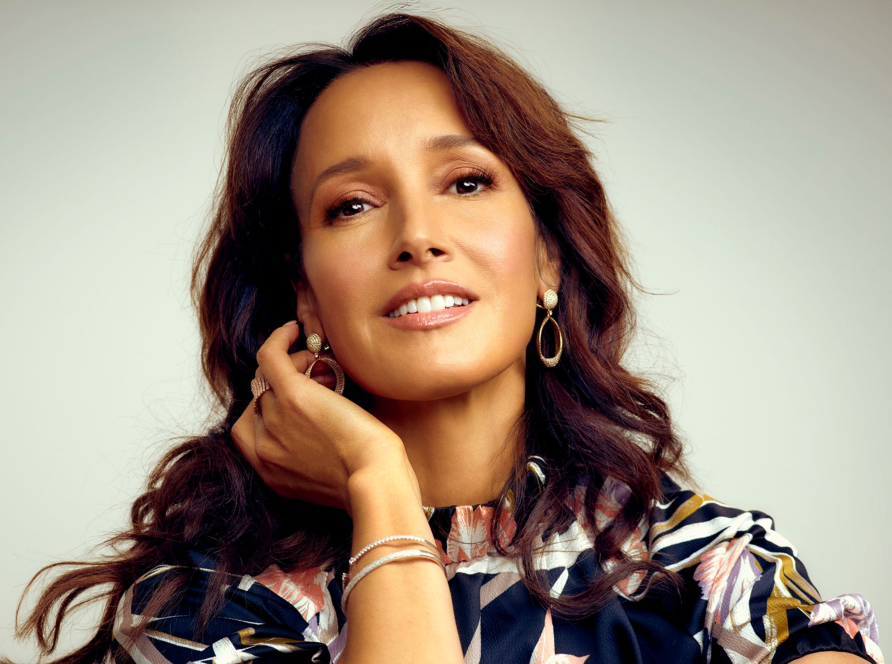
Showing Pride and Support
Coming Out: Being a Good Ally
The Diva Ally: Gay Icons
Allies: Dwayne Wade and Gabrielle Union
Cyndi Lauper is Our Advocate of the Year
Judith Light: GLAAD Media Awards
LGBTQ Ally: Jane Fonda in 1979
Sade to Release New Song Dedicated to Her Trans Son
Marlon Wayans, Who Has a Trans Son, Trolls Bigots with
Pride Post
Cyndi Lauper Named Lifetime Ally Icon for WeHo Pride
Info:
LGBTQ Heroes
What
Makes Patrick Stewart a Gay Icon?
Ruth Coker Burks: AIDS Ally and Hero
Bob Zellner Reflects on Being an Ally During the
Civil Rights Movement
Jimmy Carter:
Longtime LGBTQ Ally
Carter achieved
several historic firsts
for the LGBTQ community.
Jimmy Carter, 39th
president of the United
States and winner of the
2002 Nobel Peace Prize,
died peacefully in
December 2024 at his
home in Plains, Georgia,
surrounded by his
family. He was 100, the
longest-lived president
in US history.
A peanut farmer and Navy
lieutenant before going
into politics, Jimmy
Carter served one term
as Georgia’s governor
and one term as the
president from 1977 to
1981.

How Straight Allies Can Prove They
Support the LGBTQ Community
Expert Tips for Cis People
Who Want to Be Better Trans Allies
Why Princess Diana Is An Enduring Queer
Icon
Free Mom Hugs
Brittany Spears' Pride
Month Shoutout Gets Interrupted
Huff Post: HRC's Ally Annual Awards
Secretary of State Hillary Clinton: Historic LGBTQ
Speech
Dwayne Wade & Gabrielle Union
Elizabeth Taylor: Supporting LGBTQ Rights
Info: LGBTQ Organizations
As a presidential
candidate and as
president, Carter
achieved several
historic firsts for the
LGBTQ community.
--In 1976, as a
presidential candidate,
Carter said he would
sign a gay rights bill.
--During his presidency
in 1977, the first gay
and lesbian delegation
visited the White House
to discuss policy issues
with administration
officials.
--On a visit to
California in 1978,
Carter urged voters to
defeat Proposition 6,
also know as the Briggs
Initiative, which would
have barred gays and
lesbians from teaching
in the state’s public
schools. Voters rejected
the anti-gay and lesbian
measure by more than 1
million votes.
--When Carter ran for
reelection in 1980, he
was the first Democrat
to endorse a gay rights
plank in the party’s
platform.
--In 1980, Carter
approved the first
wreath to honor LGBTQ
war dead at Arlington
National Cemetery’s Tomb
of the Unknown Soldier.
--Since leaving the
White House, Carter has
been an outspoken
activist for human
rights causes, including
LGBTQ rights. He has
disassociated himself
from the Southern
Baptist Convention,
after attending Southern
Baptist churches most of
his life, due to
anti-LGBTQ stances and
unequal treatment of
women.
A deeply religious man,
Carter was asked about
LGBTQ rights during an
appearance at Michigan’s
Grand Rapids Community
College in 2014.
“I never knew of any
word or action of Jesus
Christ that
discriminated against
anyone,” Carter said.
The 89-year-old then
likened discrimination
based on sexual
orientation to prejudice
against a person’s skin
color, economic class,
and “whether they’re
living in a foreign
country or our country.”
“Discrimination against
anyone and depriving
them of actual equal
rights in the United
States is a violation of
the basic principles of
the Constitution that
all of us revere in this
country,” Carter told
the crowd.
Carter is respected for
human rights advocacy. A
central part of his
legacy is brokering the
Camp David Accords with
Egyptian President Anwar
Sadat and Israeli Prime
Minister Menachem Begin
in 1978.
In his post-presidency
years, Carter founded
The Carter Center along
with his wife, Rosalynn,
in hopes of advancing
world peace and health.
The center works to
advance democracy by
monitoring foreign
elections and reducing
diseases in developing
countries.
Carter himself has been
a longtime, hands-on
volunteer with Habitat
for Humanity.
[Source: Phillip Zonkel,
Q Voice News]
AOC
Delivers Powerful
Statement in Support of
Trans Youth: I Stand
With You
Carter Center: Former US
President Jimmy Carter
Passes Away at 100
President Joe Biden:
Proclamation Announcing
Death of Jimmy Carter
CNN: Remembering Former
President Jimmy Carter
Advocate: President
Jimmy Carter's History
as an LGBTQ Ally
CBS News: How the World
is Remembering Former
President Jimmy Carter
LGBTQ Nation: Jimmy
Carter Acknowledged
Importance of LGBTQ
Rights
CNN: The 39th US
President Jimmy Carter
Dies at Age 100
NBC News:
Carter was First
President to Move Needle
on Gay Rights
USA Today: Jimmy Carter
Funeral Set For January
9
Oprah Defends Gay People
in 1997

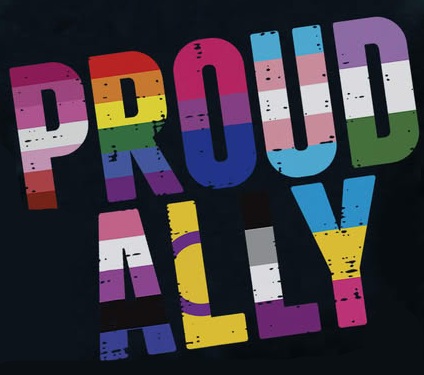
Amanda
Seyfried: I Exist to Make You Guys Happy!
The actress embraces the queer community
Actress Amanda Seyfried, known for roles in films
such as “Mamma Mia!” and “Mean Girls,” says she
values her connection with the LGBTQ community and
aims to provide escapism during turbulent times.
“I just exist to make you guys happy!” Seyfried
said, emphasizing her role as an ally. “I’ve just
been lucky to be part of these iconic movies. I’m an
ally and we all enjoy the same things. It’s hell out
there, especially right now. We have these
touchstones to fall back on. We’re more alike than
we are different, even in this fucked up country.”
[Source: Josh Azevedo, Gayety, March 2025]
Best Gay
Allies of All Time
Scene From A Man Called
Otto
The Diva Ally: Gay Icons
Showing
Pride and Support
Stephen
Colbert: Great LGBTQ
Ally
Tennessee
Mom Defends LGBTQ
Community
Amanda Seyfried: Star
Embraces Queer Community
A Mother's Nature: Jamie Lee Curtis Is Our Advocate of
the Year
Meryl Streep at HRC Dinner
HRC: How to be
an LGBTQ Ally
Kacey Musgraves Is A Queer Country Fan's
Dream
Straight
for Equality
Judith Light: GLAAD Media Awards
Adele Delivers Powerful Pride Message
Pride Event Tips for Straight People
ABA Toolkit: How to Be An LGBTQ Ally
DotGay Dictionary: What Does it Mean to
be an Ally?
Dwyane Wade
And Gabrielle Union Are The Parents Every LGBTQ
Child Deserves
Recipients of NAACP Image Awards
We’re
living through a moment of surging vitriol and
institutionally sanctioned ignorance directed at the
LGBTQ community, and, in particular, queer and trans
children, whose very existence is imperiled by
legislation like Florida’s “Don’t Say Gay” law and
Texas’s ongoing attempt to separate trans youth from
their supportive families. Given that context, the
speech that Gabrielle Union and Dwyane Wade gave
upon receiving the president’s award at the 2023
NAACP Image Awards was all the more vital: their
speech honored their trans daughter, Zaya, and
focused on the need for support and protection for
the Black transgender community.
Union referred to the NAACP as “an organization that
had led us through over a century of relentless
challenge, pain, triumph and change”, adding that it
“now stands with us again at the foot of a very new
era of activism, a new era that demands our
collective answer to one simple question: will we
fight for some, or will we fight for all of our
people? Black trans people are being targeted,
terrorized and hunted in this country every day,
everywhere, and there’s rarely a whisper about it.
We honestly don’t approach this work as activists or
leaders as much as we do this as parents – parents
who love our children and will do whatever the hell
we can to keep them seen and secure and safe.”

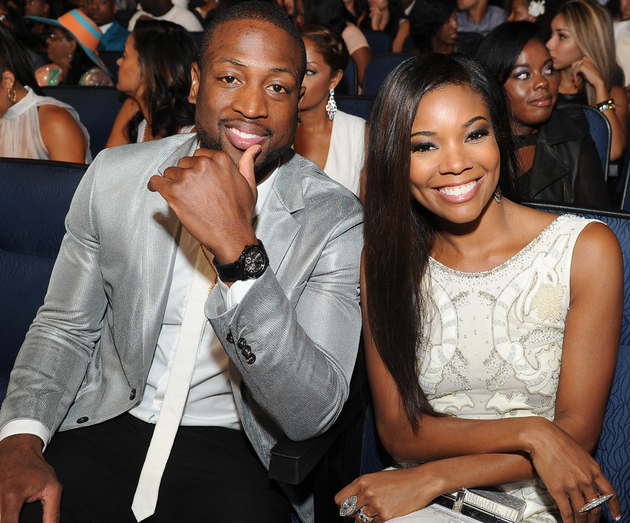
Allies: Dwayne Wade and Gabrielle Union
Dwyane Wade And Gabrielle Union Are The Parents
Every LGBTQ Child Deserves
Model Zaya Wade Receives Family Support for Gender
Transition
For his part, Wade brought up the difficulty that
Zaya had faced in living openly as a transgender
teen, saying: “Zaya, as your father, all I’ve wanted
to do was get it right. I’ve sat back and watched
how gracefully you’ve taken on the public scrutiny.
And even though it’s not easy, I watched you walk
out of that house every morning as yourself. I
admire how you’ve handled the ignorance in our
world.” The phenomenon of celebrity parents bringing
up their kids at award shows is nothing new – just
think of the countless “Kids, if you’re up late
watching this, go to bed” punch lines you’ve heard
famous presenters deploy when handing out awards –
but given the increased scrutiny placed on Wade and
Union’s parenting of a trans child, it’s
particularly admirable to watch them call attention
to the sobering fact that Black transgender and
gender-nonconforming people face some of the highest
rates of discrimination within the already-targeted
LGBTQ community.
Right-wing politicians and activists’ reactions to
the specific issues faced by queer and trans
children are often to simply pretend they don’t
exist, which makes Union and Wade’s public and
highly visible allyship all the more valuable. Many
children don’t have access to the kind of care and
support that Union and Wade have pledged to Zaya and
to the trans community more broadly. But hopefully
the couple’s unabashed advocacy can inspire fans and
viewers to stand up for the marginalized youth in
their own lives.
[Source: Emma Specter, Vogue Magazine, Feb 2023]
Allies: Dwayne Wade and
Gabrielle Union
Boston Declared Sanctuary City for LGBTQ
Community
LGBTQ Ally: Jane Fonda in 1979
Sheryl Lee Ralph: LGBTQ Advocate of the
Year Award
How to Truly Show Up as an Ally to Marginalized
Communities
Jill Biden Champions LGBTQ Rights Movement's History
Dolly Parton: On Supporting the LGBTQ
Community
Straight for Equality: PFLAG Guide to Being an Ally to
LGBTQ People
NBA Legend Charles Barkley: Message
for Transphobes and Homophobes
Joe Biden's As You Are Campaign
Free Mom Hugs
LGBTQ Ally: Dan Reynolds and LoveLoud Festival
Cyndi Lauper Awarded First High Note Global Prize for
Work with LGBTQ Youth
How to be a Better Ally at Pride Events
Elizabeth Taylor: Supporting LGBTQ
Rights
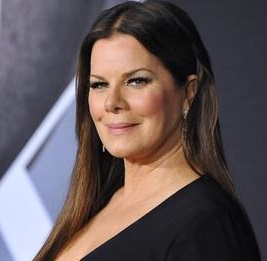
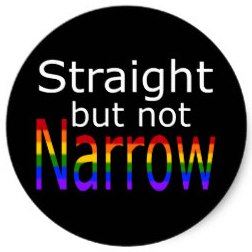
Marcia Gay
Harden Reveals: All My Children Are Queer
The actress has been advocating for LGBTQ rights for
decades
Marcia Gay Harden made it clear that the fight for
LGBTQ rights is personal to her family, sharing that
all three of her children fall under the umbrella.
The actress joined other celebrities and performers
at the Drag Isn’t Dangerous livestream telethon in
May 2023 in an effort to raise money for LGBTQ
charities and educate viewers about the
discrimination being faced by members of the
community through personal testimonials.
“What drives me is because it’s right and what’s
happening now is wrong,” Harden said of pushing back
against anti-drag and anti-trans legislation
sweeping the country. “What drives me is — my
children are all queer. My eldest child is
non-binary. My son is gay. My youngest is fluid. And
you know, they are my kids and they teach me every
day.”
[Source: Rachel Kelly, Pride, May 2023]
Marcia Gay Harden Says Her Kids Inspire Her LGBTQ
Advocacy
Marcia Gay Harden Reveals: All My Children Are Queer
Marcia Gay Harden: How My Three Queer Kids Made Me an
Activist
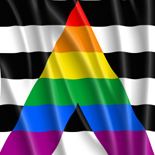
Becoming An LGBTQ Ally or Advocate
There are stages to becoming an effective LGBTQ ally or
advocate. Some people go through an evolutionary process of
first becoming more aware and informed of LGBTQ issues
and concerns and then discovering and more fully recognizing the
needs of LGBTQ people. At first they might be
hesitant to respond and get involved, but then they
gradually become more sensitive to the oppression that
exists for LGBTQ people. They eventually evolve to
the point where they are more intentional and assertive
in their involvement.
Antagonizing/Opposing
This stage describes individuals who are not yet
allies. It includes direct and deliberate
actions and activities that are oppressive to LGBTQ
people. These actions include laughing at or telling
jokes that put down LGBTQ people, making fun of LGBTQ
people, and engaging in verbal or physical harassment of
LGBTQ people and those who do not conform to traditional
sex-role behavior. It also includes opposing pro-LGBTQ
activities, programs, and legislation and supporting
anti-LGBTQ activities, programs, and legislation.
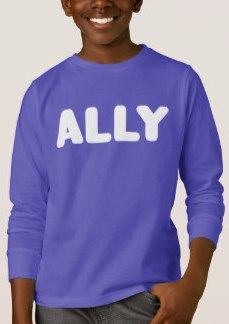
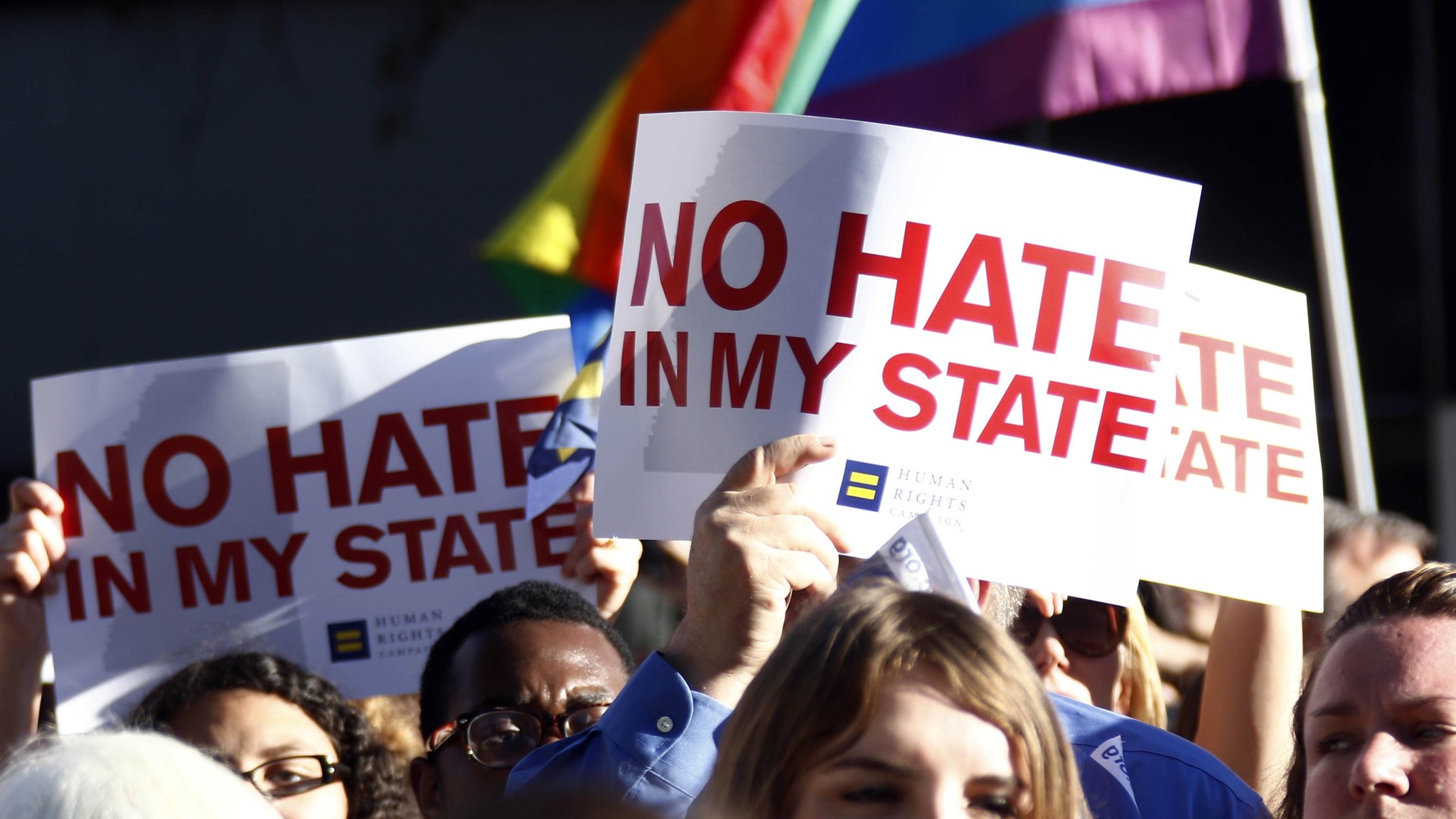
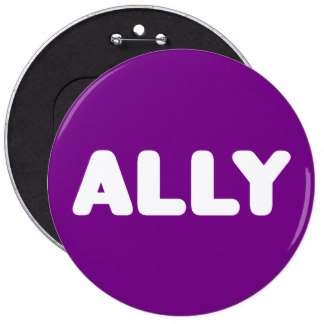
Showing Pride and Support
Sheryl Lee Ralph: Advocate of the Year
Straight
for Equality
AOC Delivers Powerful Statement in
Support of Trans Youth: I Stand With You
Straight for Equality: PFLAG Guide to Being an Ally to
LGBTQ People
Info: LGBTQ Organizations
Boston Declared Sanctuary City for LGBTQ
Community
Anne Hathaway at HRC Dinner
Mama Bears
Dwayne Wade & Gabrielle Union
What
Makes Cyndi Lauper a Gay Icon?
Straight Allies at Pride Events
Wikipedia: What is a Straight Ally?
Info:
LGBTQ Heroes
Cyndi Lauper Named Lifetime Ally Icon for WeHo Pride
Bette Midler at HRC National Dinner
Human Rights Campaign: Honoring Allies
Pink at HRC National Dinner
Bob Zellner Reflects on Being an Ally During the Civil
Rights Movement
Princess Diana: One Simple But Profound
Gesture
Huff Post: HRC's Ally Annual Awards
Katy Perry: Support for LGBTQ Community
Straight But Not Narrow
Denying/Ignoring
This stage includes
inaction that perpetuates LGBTQ oppression coupled with
an unwillingness or inability to understand the effects
of homophobic and heterosexist actions. At this point
the individual is still not an ally. This stage is
characterized by a “business as usual” attitude. Though
responses in this stage are not actively and directly
homophobic or heterosexist, the passive acceptance of
these actions by others serves to support a system of
oppression.
Recognizing/Hesitating
This stage is
characterized by a recognition of homophobic or
heterosexist actions and the harmful effects of these
actions. However, this recognition does not result in
any effort to address the homophobic or heterosexist
situation. At this point, the individual has still not
made a decision to be an active ally. Taking action is prevented by homophobia,
insensitivity, or a lack of knowledge about specific
actions to take. This stage of response is accompanied
by discomfort due to the lack of congruence between
recognizing homophobia or heterosexism yet failing to
act on this recognition. An example of this stage of
response is a person hearing a friend tell a homophobic
joke, recognizing that is homophobic, not laughing at
the joke, but saying nothing to the friend about the
joke.
Acknowledging/Asserting
This stage includes
not only recognizing homophobic and heterosexist
actions, but also taking action to stop them. At this
point, an individual begins to behave as an ally. Though the
response goes no further than stopping, this stage is
often an important transition from passively accepting
homophobic or heterosexist actions to actively choosing
to address homophobic and heterosexist actions. In this
stage a person hearing a homophobic joke would confront
the joke teller. In this stage a person might realize
that he or she is avoiding an activity for fear that
others might think he or she is lesbian, gay, bisexual,
transgender, or queer.
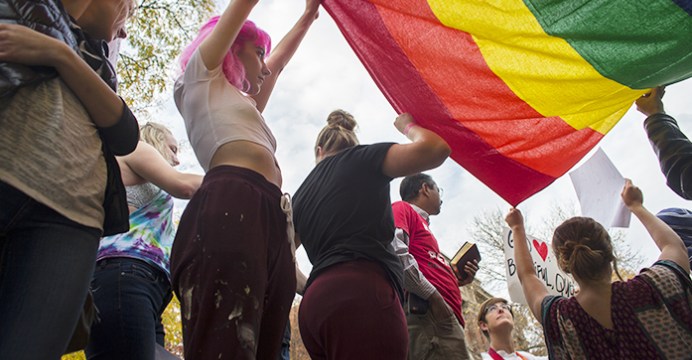
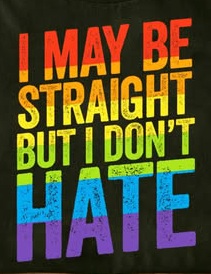
Best Gay Allies of All Time
Scene From A Man Called Otto
The Diva Ally: Gay Icons
Stephen Colbert: Great LGBTQ Ally
Allies: Dwayne Wade and Gabrielle Union
Boston Declared Sanctuary City for LGBTQ
Community
Amanda Seyfried: Star Embraces Queer Community
Cyndi Lauper is Our Advocate of the Year
Straight for Equality: PFLAG Guide to Being an Ally to
LGBTQ People
Jill Biden Champions LGBTQ Rights Movement's History
Sade to Release New Song Dedicated to Her Trans Son
Marlon Wayans, Who Has a Trans Son, Trolls Bigots with
Pride Post
Katy Perry: Support for LGBTQ Community
Straight Allies at Pride Events
Oprah Defends Gay People in 1997
Why is Judy Garland the Ultimate Gay
Icon?
Diversity Best Practices: LGBTQ Organizations
How Straight Allies Can Prove They
Support the LGBTQ Community
Why Princess Diana Is An Enduring Queer
Icon
Marcia Gay Harden: How My Three Queer Kids Made Me an
Activist
What
Makes Patrick Stewart a Gay Icon?
Straight People in Gay
Bars
Learning/Joining
This stage
includes taking action to gain more knowledge about LGBTQ people,
LGBTQ issues and concerns, and heterosexism and
homophobia. These actions can include reading books
attending workshops, talking to others, joining
organizations, attending LGBTQ events, or any other
actions that can increase education and awareness. This
stage, in which the individual regards him or herself as
an ally, is also a prerequisite to becoming more
comfortable and confident for further involvement as a
true ally.
Questioning/Dialoguing
This stage is an
attempt to begin educating others about homophobia and
heterosexism. In this stage, the individual identifies
him or herself as an ally and others recognize the
individual as an ally. This stage requires more commitment as it
seeks to engage people in dialogue about critical LGBTQ
issues. Through the use of questions and dialogue, this
stage of response attempts to help others increase their
awareness of and knowledge about homophobia and
heterosexism.
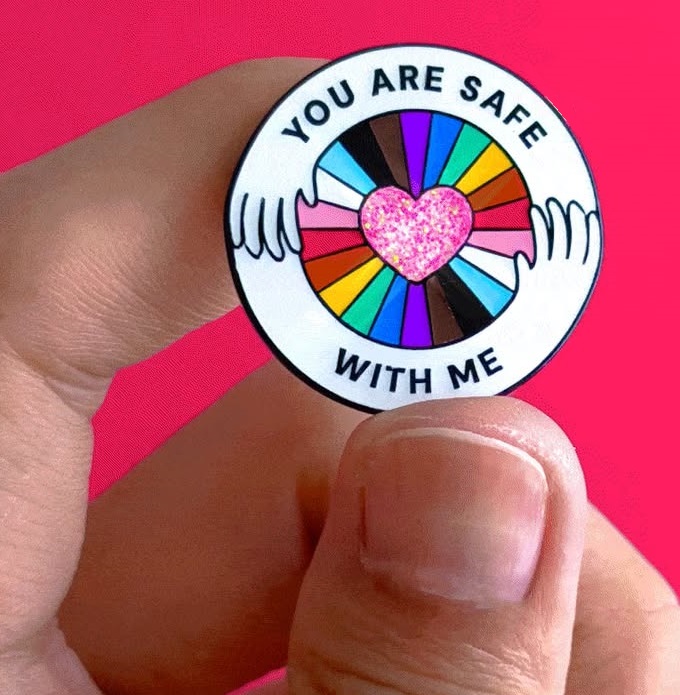
Free Mom Hugs
Showing Pride and Support
Judith Light: GLAAD Media Awards
AOC Delivers Powerful Statement in Support of
Trans Youth: I Stand With You
Dolly Parton: On Supporting the LGBTQ
Community
LGBTQ Ally: Dan Reynolds and LoveLoud Festival
Cyndi Lauper Awarded First High Note Global Prize for
Work with LGBTQ Youth
How to be a Better Ally at Pride Events
How to Truly Show Up as an Ally to Marginalized
Communities
What Makes Cyndi Lauper a Gay Icon?
LGBTQ Ally: Jane Fonda in
1979
Why Pride: Explanation for Straight People
Elizabeth Taylor: Supporting
LGBTQ Rights
Diversity Best Practices: LGBTQ Organizations
HRC: How to be an LGBTQ Ally
Mama Bears
Supporting/Encouraging
This stage includes
dedicated actions by the ally that directly confront the homophobic
and heterosexist actions of others. These
actions include supporting, encouraging, and reinforcing
efforts to combat oppressive anti-LGBTQ behavior and
attitudes.
Initiating/Protecting
This stage includes
actions by the ally that actively anticipate and identify homophobic
institutionalized practices or individual actions and
work diligently to change or prevent them. Actions in this stage
are assertive and proactive and seek to defend and
protect the rights of LGBTQ people. This stage is
characterized by making changes in curricula,
procedures, policies, and laws.
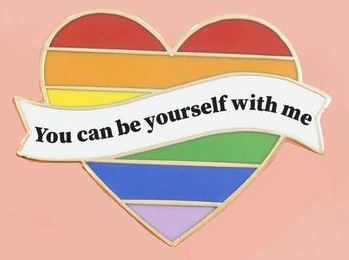
Sheryl Lee Ralph: Advocate of the Year
Ally Guide for Well-Meaning Straight
People
Ariana DeBose Wants Allies to "Show Up" Better for LGBTQ
Americans
Being a Straight Ally to the LGBTQ
Community
Princess Diana: One Simple But Profound
Gesture
Video Story: New Kind of Prom Date
Straight for Equality: PFLAG Guide to Being an Ally to
LGBTQ People
Mama Bears
Dwayne Wade & Gabrielle Union
NBA Legend Charles Barkley: Message
for Transphobes and Homophobes
Coming Out: Being a Good Ally
Ruth Coker Burks: AIDS Ally and Hero
Bob Zellner Reflects on Being an Ally During the Civil
Rights Movement
How to be a Better Ally at Pride Events
Jennifer Lopez at HRC National Dinner
Info: LGBTQ Organizations
Marlon Wayans, Who Has a Trans Son, Trolls Bigots with
Pride Post
LGBTQ Ally: Dan Reynolds & LoveLoud Festival
Why Princess Diana Is An Enduring Queer
Icon
Ally Guide for Trans and
Non-Binary Youth
Kacey Musgraves Is A Queer Country Fan's
Dream
Sara Cunningham:
Free Mom Hugs
Sara Cunningham is an author, activist, and founder of
the non-profit organization Free Mom Hugs. Her journey
is a surprising one that began in conservative Oklahoma,
when her son, Parker, came out as gay. As a woman of
faith, Sara wrestled with the news until she began to
study, research, and reconcile the two worlds. This
journey resulted in her book How We Sleep at Night. She
found herself on a journey “from the church to the Pride
parade,” falling in love with the LGBTQ community. In
the wake of beautiful glitter-covered hugs and
heart-breaking horror stories, the mission of Free Mom
Hugs began. Simple acts of love and acceptance turned
into a viral sensation, and Sara knew she had the
opportunity to lead impactful change.
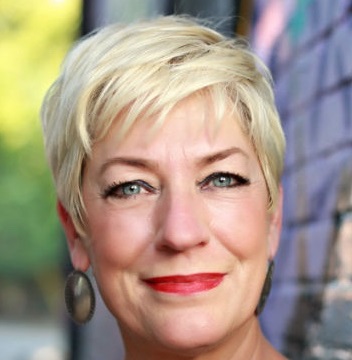
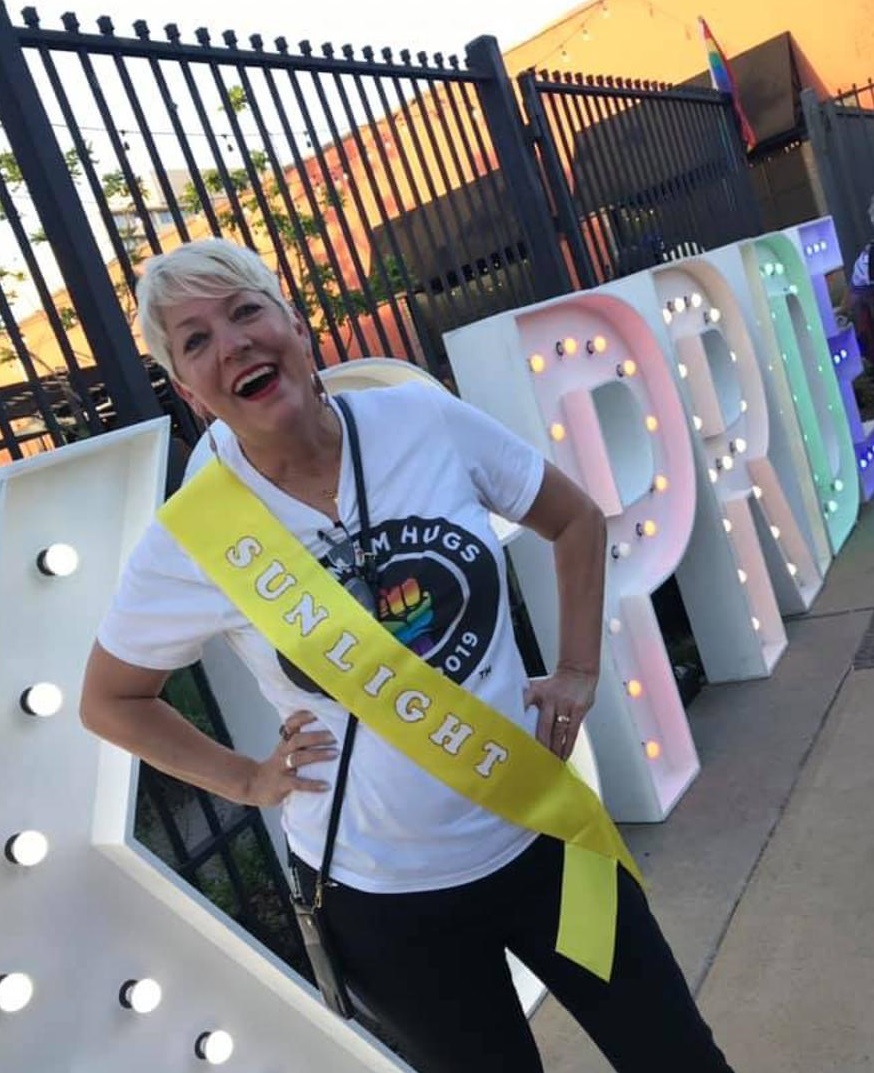
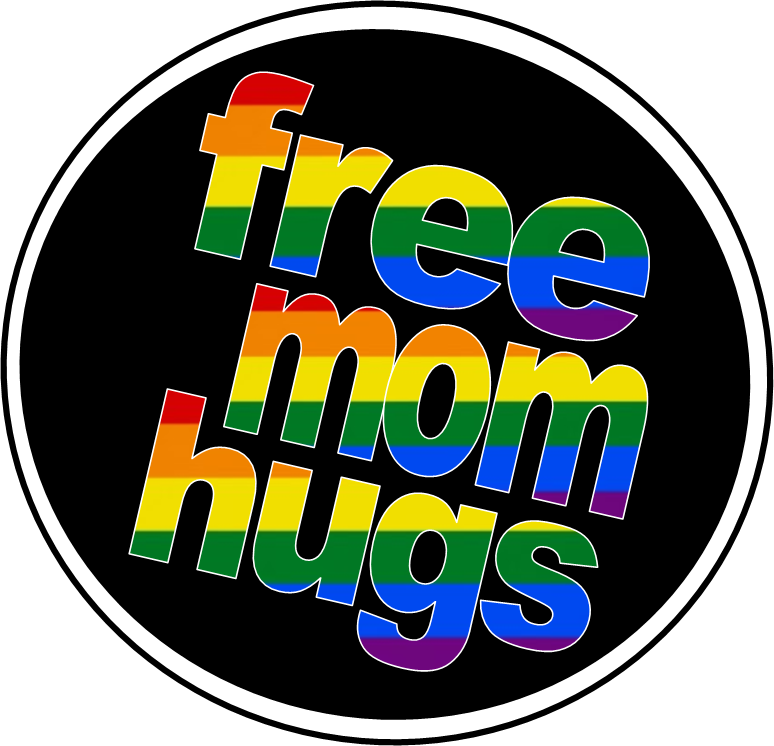
Free Mom Hugs
Sara Cunningham and Free Mom Hugs
Forbes: Sara Cunningham Spreads Love to LGBTQ Community
Power of a Hug: Saving LGBTQ Lives Through Love
Sara Cunningham at GLAAD Media Awards
Free Mom Hugs is now a movement across the country and
the world. Sara goes Beyond the Hug to educate and
advocate organizations of all types including schools
and businesses striving for safe and protected spaces.
She has appeared, many times with her son Parker, on the
Today show and The RuPaul Show and spoke at the 2019
GLAAD Awards. She also has been featured in many
national publications including The Washington Post,
Woman’s Day magazine, and People magazine. Sara is
currently in partnership with Jamie Lee Curtis, who has
purchased the rights to her book and will release a
movie based on her story. An upcoming documentary about
the Mama Bears movement by award winning director
Daresha Kyi also features Sara and the Free Mom Hugs
movement.
Sara’s passion is to change the perspective of the
outside world toward this beautiful part of our
community so that we as a society, not only learn to
affirm, but more importantly, celebrate. Her goal is to
help parents and children have authentic relationships
and understanding for each other using her own
experience and education as a guide. Sara is passionate
about connecting with faith, civic, and business leaders
in efforts to make the world a kinder, safer place for
our LGBTQ family. She is gifted at inspiring others to
join her in this movement that is sweeping the nation
and the world.
Best Gay Allies of All Time
Scene From A Man Called Otto
Amanda Seyfried: Star Embraces Queer Community
Jill Biden Champions LGBTQ Rights Movement's History
A Mother's Nature: Jamie Lee Curtis Is Our Advocate of
the Year
Adele Delivers Powerful Pride Message
Cyndi Lauper Named Lifetime Ally Icon for WeHo Pride
NBA’s Charles Barkley: If You’re Gay or
Transgender, I Love You!
Iconic Actor and Longtime LGBTQ Ally Betty White has
Died at 99
Celebrities who Proved Themselves to be LGBTQ Allies in
2021
Wikipedia: What is a Straight Ally?
Ally Guide for Trans and
Non-Binary Youth
Straight But Not Narrow
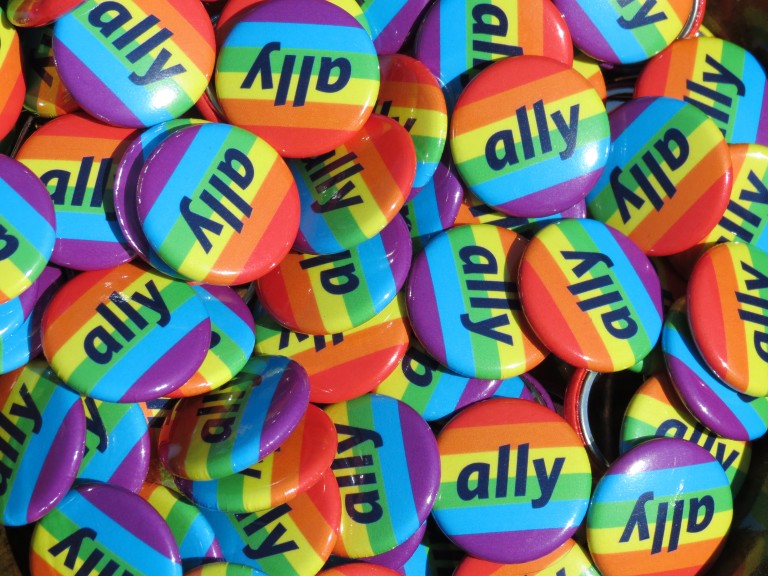
Straight But Not
Narrow
Here is a list of
famous straight allies who support and advocate for the
LGBTQ community:
|
Dolly
Parton
Dan
Reynolds (Imagine Dragons)
Barack
Obama (President)
Betty
White
Sarah
McLaughlin
Frances
Goldin
Beyonce
Anne
Hathaway
Patrick
Stewart (Star Trek)
Madonna
Cyndi
Lauper
Oprah
Winfrey
Kamala
Harris (Vice President)
Tom Harkin
(Senator)
Macklemore
Carrie
Underwood
Sarah
Michelle Gellar (Buffy)
Hillary
Clinton
John
Stewart
Rob Reiner
(Director)
Rev Al
Sharpton
Sean Penn
Ty Burrell
(Modern Family)
Russell
Simmons
Julianne
Moore
Meryl
Streep
Belinda
Carlisle (GoGos)
Kelly
Osbourne
Deborah
Cox
Judy
Tenuta
John
Shelby Spong (Episcopal Bishop)
Marcia Gay
Harden
John
Pavlovitz (Minister)
Brad
Marchand (Hockey Player)
Jean Smart
Sheryl Lee
Ralph
Marcia Gay
Harden
Jane Fonda
 |
Adele
Marlon
Wayans
Sara
Cunningham (Free Mom Hugs)
Christina
Aguilera (Singer)
Wil
Wheaton (Star Trek)
David
Tennant (Dr. Who)
Kaila Methven
(Entrepreneur)
Sara
Barellis
Daniel
Radcliffe (Harry Potter)
Barbra
Streisand
Angela
Lansbury
Jasmine
Guy
Brad Pitt
Jennifer
Beals
Kasey
Musgraves (Country Music Singer)
Brendon
Ayanbadejo (Athlete)
Snoop Dog
Jamie Lee
Curtis
Rev John
Pavolvitz (Minister)
Cynthia
Erivo
LeAnn
Rimes
Jeffrey
Wright
Lucy
McBath
Patton
Oswalt (Comedian)
Jennifer
Hudson
Taylor
Swift
Miranda
Lambert (Country Music Singer)
Kenneth
Faried (Athlete)
Zach Wahls
Sarah
Jessica Parker (Sex in the City)
Katy Perry
Anna
Wintour (Vogue Editor)
Willie
Nelson
Whoopi
Goldberg
Jennifer
Aniston
Kate Bush
Tyler
Childers (Country Music Singer)
Karol G
(Colombian Singer)

|
Straight Stars Who Support LGBTQ Rights
Straight Celebrities Who Fight for LGBTQ Rights
Straight Athletes Who Support LGBTQ Rights
Straight Celebrity Allies
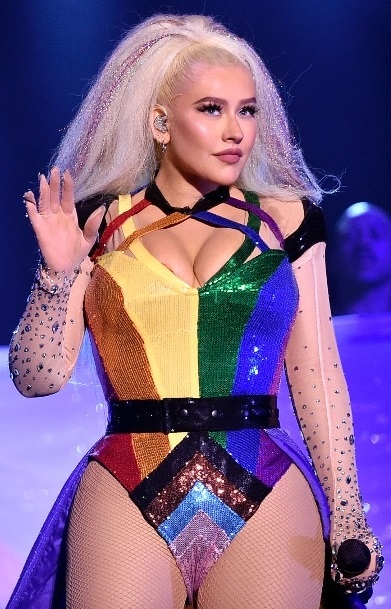
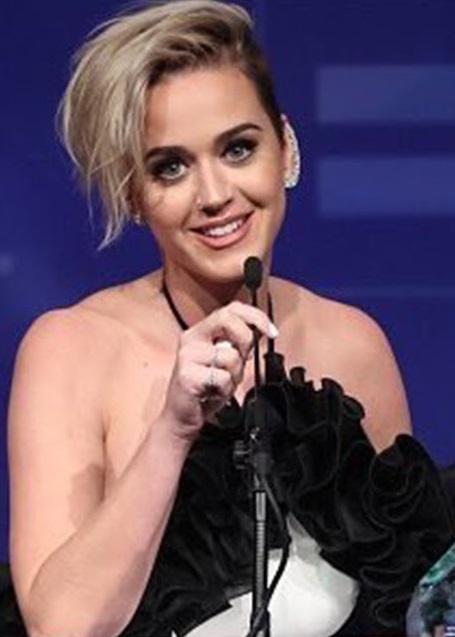
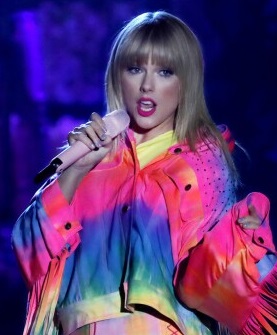
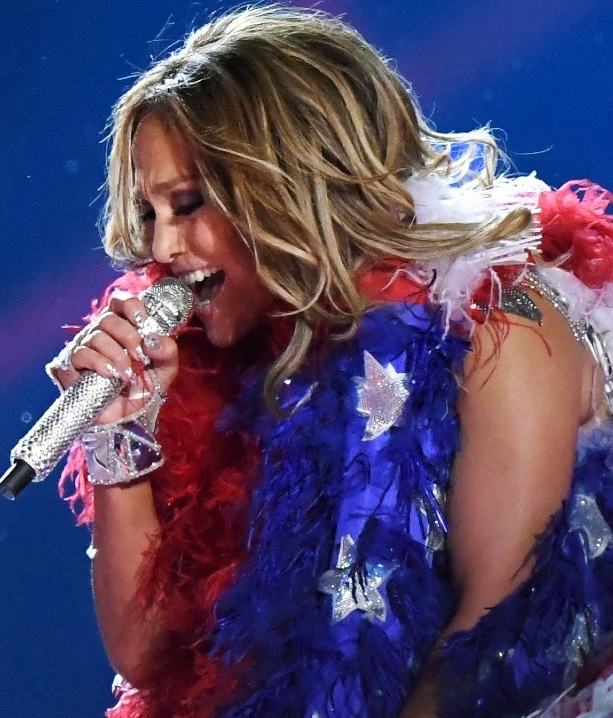

Miley
Cyrus
Charles
Barkley (Athlete)
Jennifer
Coolidge
Lena
Dunham
Amanda
Seyfried
Coretta
Scott King
Rev John
Pavlovitz
Sophia
Vergara (Modern Family)
Kim
Kardashian
Sharon
Osbourne
Jake
Gyllenhaal
Cory
Booker (Politician)
Mark
Ruffalo
Matthew
Broderick
Ruth Coker
Burks (AIDS Ally)
Jason
Isbel
Mindy
Cohen (Facts of Life)
Brandy
Norwood
Sally
Field
Julian
Bond (NAACP)
George
Clooney
Eric
Holder
Margaret
Russell
Uzo Aduba
Rachel
Bloom
Charles
Barkley (Athlete)
Hannah Waddingham (Ted Lasso)
Cate Blanchette
Carrie
Preston
Dwayne
Wade (Athlete)
Gabrielle
Union

|
Princess
Diana
Sinead
O'Connor
Jamie Lee
Curtis
Brittany
Spears
A$AP Rocky
Amy Grant
(Christian Music Artist)
Kelly
Clarkson
Dar
Williams
Laura Dern
Sarah
Silverman (Comedian)
Rev Joseph
Lowery (SCLC)
Zac Efron
Pink
Stephen
Spielberg (Film Maker)
Kate
Winslett
Sean Avery
(Athlete)
Stephen
Amell
Debra
Messing (Will & Grace)
Jennifer
Lopez
Jay-Z
La La
Anthony
Rashida
Jones
Matt
Nathanson
Susan
Olsen (Brady Bunch)
Cher
Diana Ross
Jimmy
Carter (President)
Lucille
Ball
Elizabeth
Taylor
Judy
Garland
Liza
Minnelli
Ruth Bader
Ginsburg (Supreme Court Justice)

|
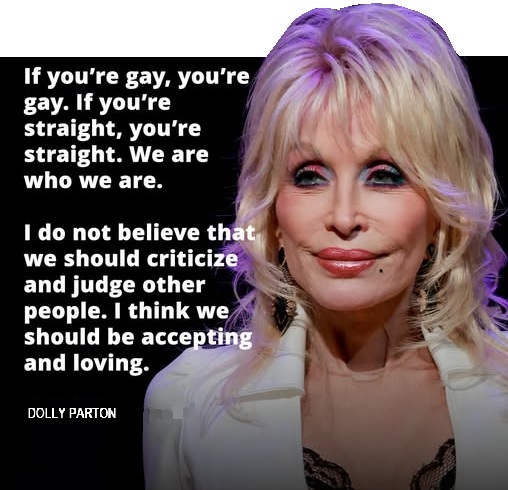
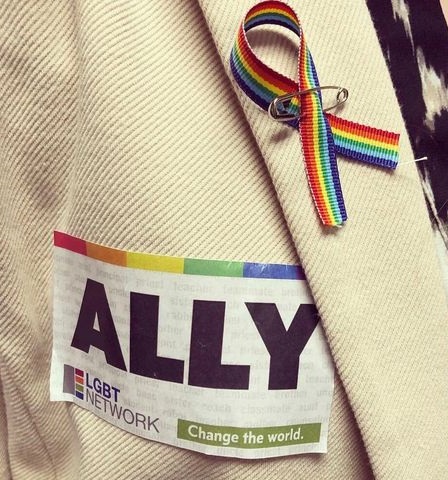
The Diva Ally: Gay Icons
Straight But Not Narrow
Stephen Colbert: Great LGBTQ Ally
Dolly Parton: On Supporting the LGBTQ
Community
Jill Biden Champions LGBTQ Rights Movement's History
Cyndi Lauper Named Lifetime Ally Icon for WeHo Pride
LGBTQ Ally: Dan Reynolds and LoveLoud Festival
Diversity Best Practices: LGBTQ Organizations
Mama Bears
Judith Light: GLAAD Media Awards
Marcia Gay Harden: How My Three Queer Kids Made Me an
Activist
Jennifer Lopez at HRC National Dinner
Elizabeth Taylor: Supporting LGBTQ
Rights
Oprah Defends Gay People in 1997
How to be a Better Ally at Pride Events
What
Makes Cyndi Lauper a Gay Icon?
LGBTQ Ally: Jane Fonda in 1979
Info:
LGBTQ Heroes
HRC: How to be an LGBTQ Ally
How Straight Allies Can Prove They Support the LGBTQ
Community
Video Story: New Kind of Prom Date
Showing Pride and Support
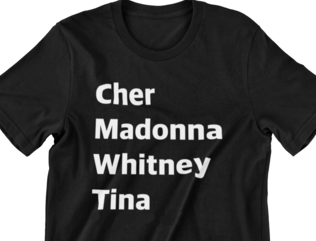
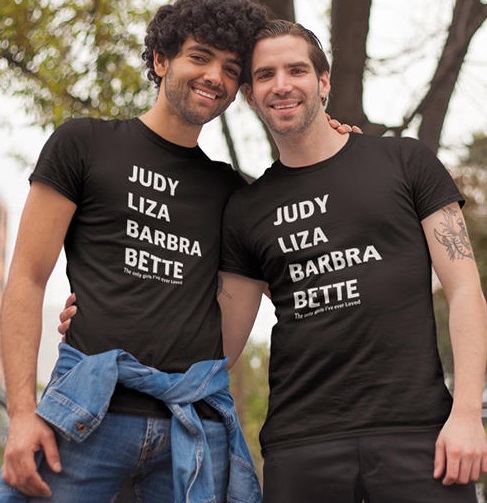
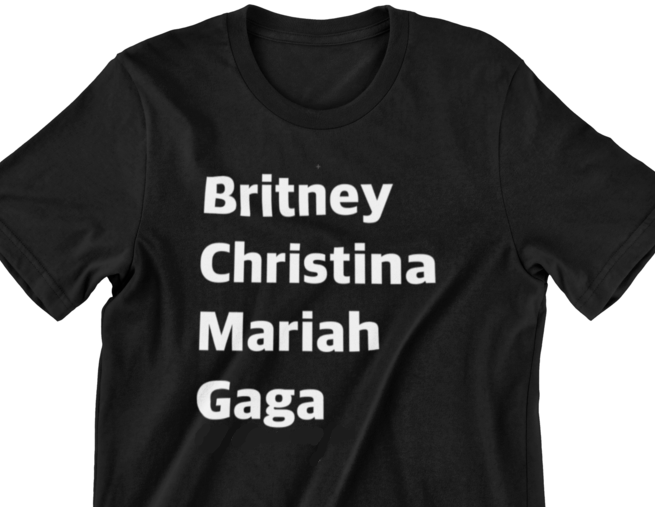
Tips for LGBTQ Allies
--Be a good listener.
--Be open-minded. Don't be judgmental.
--Be
supportive, encouraging, and affirming.
--Be willing to talk. Start a conversation about LGBTQ
topics. Engage in discussions about LGBTQ issues and
concerns.
--Be inclusive. Invite LGBTQ friends to hang out with
your friends and family.
--Don't assume that all your friends and co-workers are
straight. Someone close to you could be looking for
support in their coming-out process. Not making
assumptions will give them the space they need.
--Be sensitive and aware of homophobia, heterosexism,
and other forms of oppression.
--Homophobic comments and jokes are harmful. Let your
friends, family and co-workers know that you find them
offensive.
--Confront your own prejudices and homophobia, even if
it is uncomfortable to do so.
--Defend your LGBTQ friends against discrimination.
--Attend
LGBTQ events. Participate in LGBTQ activities.
--Join
LGBTQ organizations.
--Seek to
make changes in curricula, procedures, policies, and
laws.
--Support
LGBTQ equal rights
through legislation and political activism.
--Believe that all people, regardless of sexual
orientation and gender identity, should be treated with
dignity and respect.
Straight for Equality: PFLAG Guide to Being an Ally to
LGBTQ People
Allies: Dwayne Wade and Gabrielle Union
Amanda Seyfried: Star Embraces Queer Community
Cyndi Lauper is Our Advocate of the Year
Hannah Waddingham on Being an LGBTQ Ally
What
Makes Cyndi Lauper a Gay Icon?
He Was a Protector: Friends Say Oregon
Man Died While Defending LGBTQ Friend
Imagine Dragons Star Dan Reynolds Has
Helped Multiple Mormon Relatives Come Out
Trudy: To All the Gay Men I've Loved
Before
Patton Oswalt Apologizes for Performing with Dave Chappelle
Ruth Coker Burks: AIDS Ally and Hero
DotGay Dictionary: What Does it Mean to
be an Ally?
Why Taylor Swift's LGBTQ Advocacy Matters
Miranda Lambert on Her Support for the
LGBTQ Community
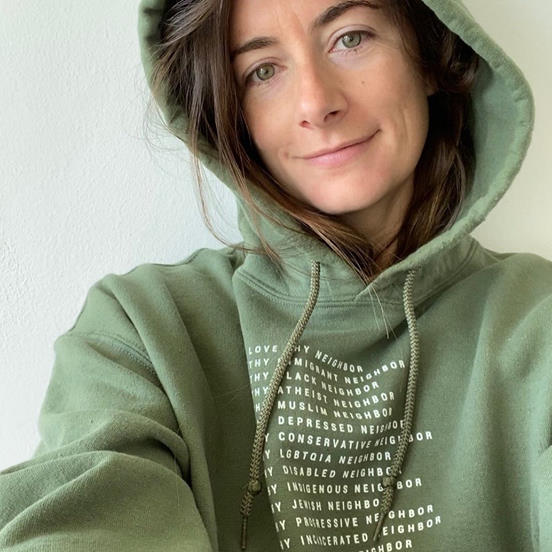
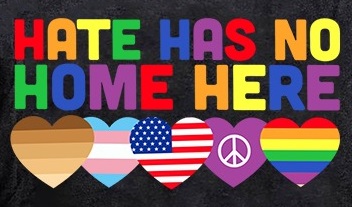
Becoming an Ally
Developing as an ethical
and competent LGBTQ ally requires:
--Knowledge and Skill
--Openness and Support
--Oppression Awareness
Where are you on the
spectrum of becoming a full-fledged LGBTQ ally?
--I’m not really an ally,
but I am contemplating and willing to listen.
--I’m becoming more aware
and starting to understand and empathize.
--I’m beginning to see
the importance and willing to get involved.
--I’m committed to
preparing myself by learning more about the issues.
--I’m talking about the
issues and starting to get involved.
--I’m taking action and
eager to make some changes.
Free Mom Hugs
Human Rights Campaign
Gay Lesbian Straight
Education
Network
National LGBTQ
Task Force
Parents & Friends of
Lesbians &
Gays
Southern Poverty
Law Center
Campus Pride
Gay Lesbian Alliance
Against Defamation
Gay Lesbian Straight
Education
Network
Trevor
Project
Mama Bears
What is Allyship?
"Allyship
is a lifelong process of building relationships based on
trust, consistency and accountability with marginalized
individuals and/or groups of people. It should be an
opportunity to grow and learn about ourselves, while
building confidence in others.”
-Sheree
Atcheson
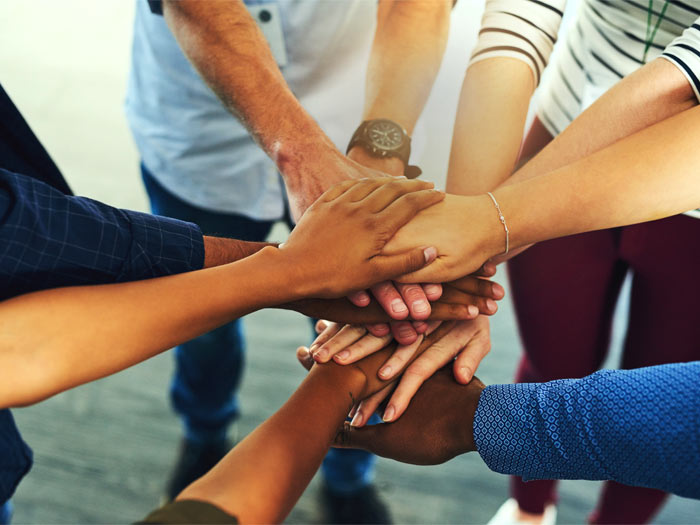
"Allyship"
describes the role of a person who advocates for the
inclusion of a marginalized group in solidarity, but not
as a member as that group.
Allyship
is the practice of emphasizing social justice,
inclusion, and human rights by members of an ingroup
(majority), to advance the interests of an oppressed or
marginalized outgroup (minority).
Allyship is part of the anti-oppression or anti-racist
conversation, which puts into use social justice
theories and ideals. Allyship can exist in terms of
racism, ableism, homophobia, xenophobia, or other types
of oppression. Outcomes of allyship considered to be
desirable by proponents include greater inclusion in the
workplace and empowerment of outgroups.
Behaviors that are part of allyship include activism,
changing to more inclusive use of language, and
combating forms of prejudice against perceived outgroups
such as racism, sexism, homophobia, transphobia,
xenophobia, ableism and other forms of discrimination.
Examples
of allyships include... White allies lending their
support to the BLM cause.... Straight/cis allies
lending their support to the LGBTQ cause.
Allyship is the lifelong process in which people with
privilege and power work to learn
about the experiences of a marginalized group of people,
develop empathy towards that group's challenges or
issues, and build
relationships with that group of people.
The goal of allyship is to create a culture in which the
marginalized group feels valued, supported, and heard.

The
Role of an Ally
--Being able to listen, and shine a spotlight on those
whose voices are often unheard.
--Recognizing your own privilege and power, and using
that privilege to lift others up.
--Being aware of implicit biases you might have.
--Supporting the group you're allying by letting them
speak for themselves whenever possible.
--Not expecting special recognition for being an ally,
and not taking credit for the ideas of the marginalized
group.
Best Gay Allies of All Time
Scene From A Man Called Otto
The Diva Ally: Gay Icons
Allies: Dwayne Wade and Gabrielle Union
A Mother's Nature: Jamie Lee Curtis Is Our Advocate of
the Year
Huff Post: HRC's Ally Annual Awards
Katy Perry: Support for LGBTQ Community
Coming Out: Being a Good Ally
Cyndi Lauper Named Lifetime Ally Icon for WeHo Pride
DotGay Dictionary: What Does it Mean to
be an Ally?
Ruth Coker Burks: AIDS Ally and Hero
Marcia Gay Harden: How My Three Queer Kids Made Me an
Activist
Bob Zellner Reflects on Being an Ally During the Civil
Rights Movement
What
Makes Patrick Stewart a Gay Icon?
Straight for Equality: PFLAG Guide to Being an Ally to
LGBTQ People
Elizabeth Taylor: Supporting LGBTQ Rights
Straight But Not Narrow
Info:
LGBTQ Heroes
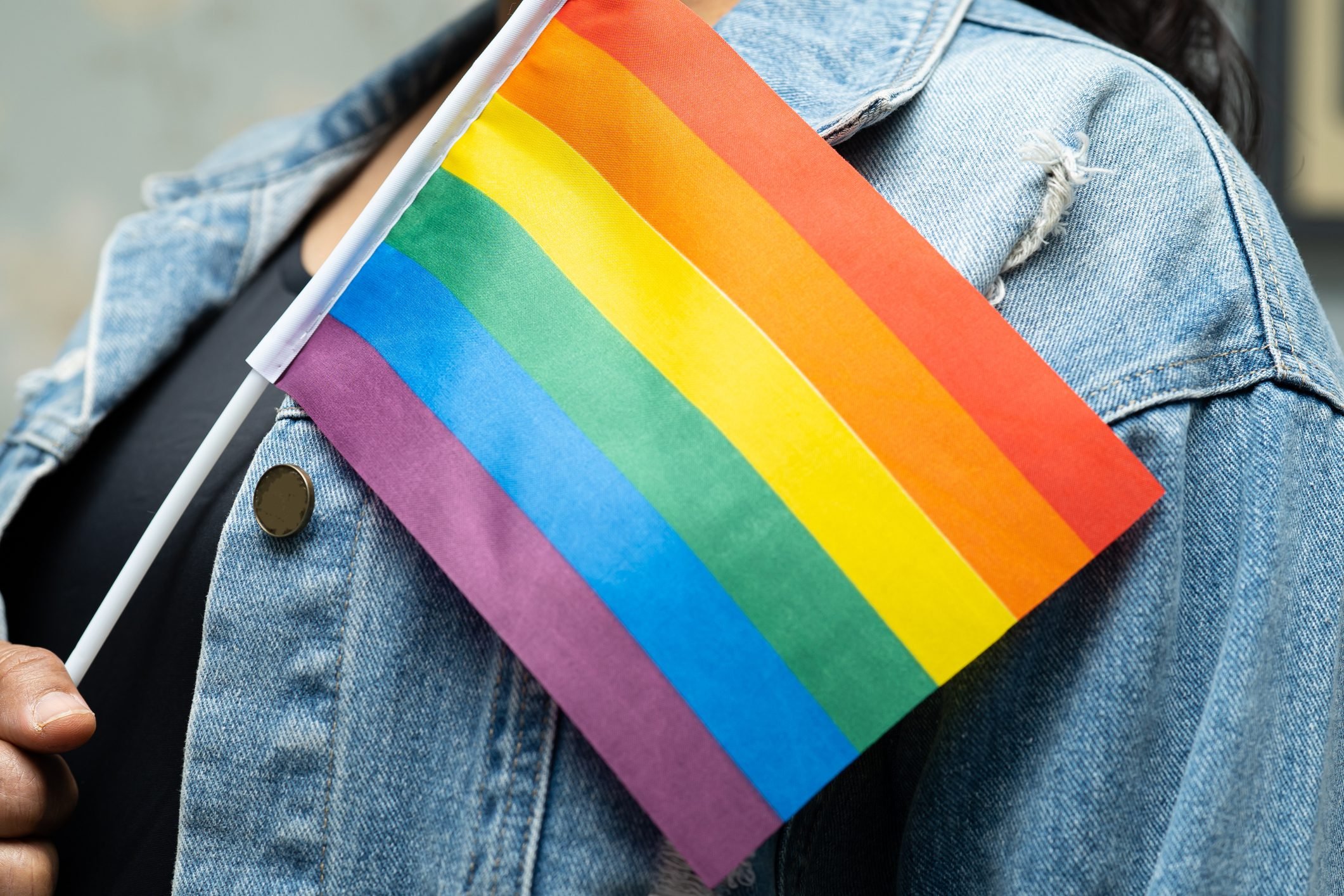

Practicing Allyship
Allyship is an active, consistent, and arduous practice
of unlearning and re-evaluating, in which a person
holding systemic power seeks to end oppressions in
solidarity with a group of people who are systemically
disempowered. Since everyone holds systemic power in
some areas and lacks it in others, everyone has areas in
which they can practice allyship.
--Listen.
For real.
--Respect lived experience. The experts on any form of
oppression are the people most directly affected by it,
and their analysis of that oppression always takes
precedence over the opinions of people who don’t
experience it.
--Provide unconditional solidarity. That means no "I’d
be on your side if you didn't act so angry." You don’t
get to decide when someone is being too emotional, too
rash, too mean, or otherwise “undeserving of your
support.” Your allyship is not a favor that you can
retract when someone responds to their oppression in a
way you don’t like. You just have to be there.
--Don’t assume your presence or opinion is desired or
necessary. You are not entitled to space in the
community you mean to ally with. Show up when you are
invited, and gracefully remove yourself when you are
not.
--Stand beside, not in front of. Allying with a movement
does not mean leading it.
--Provide the forms of support you’re asked for, rather
than the forms of support you imagine would be helpful.
The latter can be condescending or actually a hindrance.
--Respect the history of the resistance movements you’re
stepping into. Don’t act like the party started once you
arrived.
--Learn to acknowledge and articulate, without guilt or
apology, how oppressive systems operate.
--Get ready to make mistakes, because you will.
Apologize (briefly, without asking forgiveness), fix it,
and move on.
Judith Light: GLAAD Media Awards
Jill Biden Champions LGBTQ Rights Movement's History
Marlon Wayans, Who Has a Trans Son, Trolls Bigots with
Pride Post
Kacey Musgraves Is A Queer Country Fan's
Dream
Allyship: Action Questions
Why Pride: Explanation for Straight People
Ariana DeBose Wants Allies to "Show Up" Better for LGBTQ
Americans
Why is Judy Garland the Ultimate Gay
Icon?
LGBTQ Ally: Jane Fonda in 1979
Dolly Parton: On Supporting the LGBTQ
Community
Straight Allies at Pride Events
What
Makes Cyndi Lauper a Gay Icon?
Mama Bears
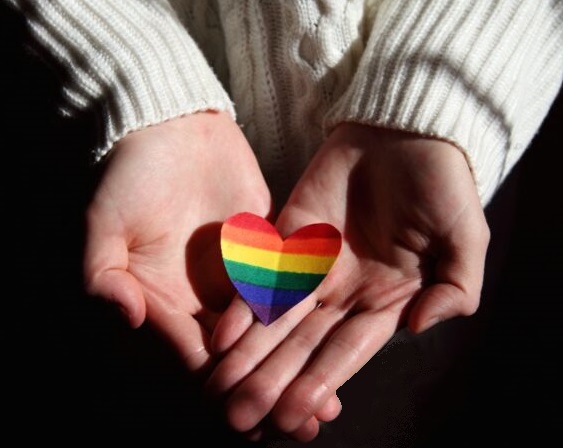
--Don’t ask for emotional energy from the group you’re
allying with. Your feelings do matter, but this is not
the space to get your feelings validated. The group is
not obligated to like you, thank you, feel sorry for
you, or forgive you.
--Don’t treat the group you mean to ally with as
homogenous. If one person shares their experiences with
you or asks for your support in a particular way, don’t
assume they’re speaking for the whole group.
--Never take a neutral stand when it comes to
oppression.
--Teach other people with your privileges how to
practice better allyship.
--Don't try to speak for people in the group you mean to
ally with. Instead, help boost the visibility of their
own work (e.g. instead of making a documentary about
their experiences, figure out if they have already done
work to document and share their own
experiences, and offer to publicize that work more).
--Be humble and low-key about your "ally" status.
Do not seek attention or kudos about your activism.
--Practice allyship because none of us are free until
all of us are free. Show up for collective liberation
(yours and theirs), not to “help.”
--Don’t expect to “take breaks” from allyship. People in
the group you mean to ally with don’t have a choice
about whether or not they’re going to deal with that
form of oppression today. Neither do you.
How to Truly Show Up as an Ally to Marginalized
Communities
Allyship: The Anti-Oppression Network
Human Rights Campaign: Honoring Allies
Adele Delivers Powerful Pride Message
Hillary Clinton at HRC National Dinner
Allyship: What it Means to Be an Ally
Straight
for Equality
Info: LGBTQ Organizations
NBA Legend Charles Barkley: Message
for Transphobes and Homophobes
Allyship: The Key To Unlocking The Power Of Diversity
Princess Diana: One Simple But Profound
Gesture
Wikipedia: What is a Straight Ally?
Showing Pride and Support
Frances Goldin:
I Adore My Lesbian Daughters
“I always tell other parents that you’ll never find more
giving children than gays and lesbians. And that I have
the most devoted, loving, helpful, useful children in
the world because I support my kids and they support me.
So, please, cherish your lesbian and gay children.”
-Frances Goldin
She’s been
a staple of the New York City Pride Parade for more than
30 years. Literary agent Frances Goldin, 92 years old,
was the subject of a moving profile by BuzzFeed
(September 2016), in which the proud mother of two
lesbian daughters shared her story of activism.
“Since the beginning of the parade, I’ve been going and
waving my sign,” Goldin explains. The message, “I adore
my lesbian daughters,” instantly caught the attention of
other parade attendees. “It sort of hit a nerve with
people, particularly those whose parents rejected them.
The response to the sign is always so great — it urges
me to keep going.”
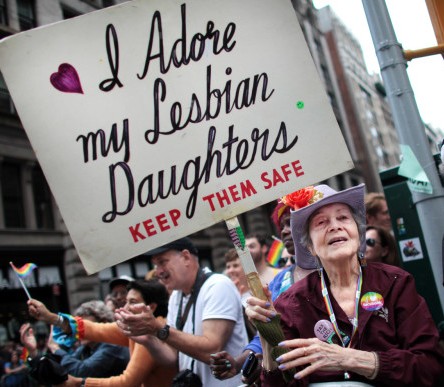
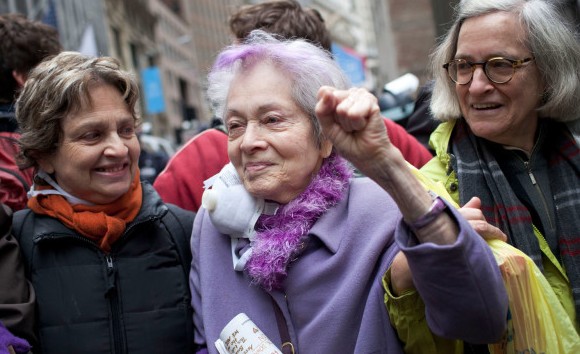
Goldin's daughter Reeni says that her mother simply
“believes in equality and fairness and what’s right. She
really puts her money where her mouth is. She works for
it. That’s her life. That’s just who she is.”
Frances Goldin has been attending the NYC Pride Parade
for over 30 years with the same sign. Her daughters,
Reeni and Sally Goldin currently reside in New Paltz,
New York, and San Francisco, California. Both Sally, 70,
and Reeni, 68, grew up on the Lower East Side of New
York City with their parents and came out as lesbians
soon after New York City’s first Pride Parade in 1970.
The event is held annually on the last Saturday in June
to commemorate the 1969 Stonewall riots.
Goldin is a powerhouse of a woman who, ever since both
of her daughters came out in the early 1970s, has been
an outspoken and compassionate advocate for the lesbian,
gay, bisexual and transgender community ― among other
social and political causes. Goldin’s daughter
Reeni describes her mother as a 1950s radical whose
commitment to social justice has led to her being
arrested almost a dozen times. She’s worked tirelessly
throughout her lifetime fighting for the rights of
marginalized groups.
[Source: LGBTQ Nation, Huffington Post, BuzzFeed]
Cyndi Lauper Named Lifetime Ally Icon for WeHo Pride
LGBTQ Nation: Proud Mom of Lesbian Daughters Carries
Same Sign in Every NYC Pride Parade
BuzzFeed: 92 Year Old Woman Holds Same Sign for 30 Years
Jennifer Lopez at HRC National Dinner
Huffington Post: Mother of the Century
Zach Wahls: From Activist to State Senate
LGBTQ Nation: Remembering the Legacy of Bayard Rustin
NPR: Remembering Jeanne Manford, Mother and Gay Rights
Activist
Video: Zach Wahls Speaking About His Family
Marcia Gay Harden: How My Three Queer Kids Made Me an
Activist
Elizabeth Taylor: Supporting LGBTQ Rights
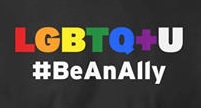
Ally Activities
In what ways have you been a good LGBTQ ally?
--Displayed a Pride flag in our near your home
--Donated to an LGBTQ charity
--Provided emotional support to an LGBTQ person
--Attended a Pride event
--Read an article about the LGBTQ experience
--Purchased something from an LGBTQ owned business
--Listened to your peers who are LGBTQ
--Shutdown any negative talk about LGBTQ people
--Educated others on LGBTQ issues
--Took time to reflect on your own internal bias
--Educated yourself about diversity, intersectionality,
and inclusion
--Read material to gain an understanding of LGBTQ
history
--Showed support for LGBTQ causes
--Volunteered with an LGBTQ community project
The Diva Ally: Gay Icons
Allies: Dwayne Wade and Gabrielle Union
Why Taylor Swift's LGBTQ Advocacy Matters
Coming Out: Being a Good Ally
Ariana DeBose Wants Allies to "Show Up" Better for LGBTQ
Americans
Why Princess Diana Is An Enduring Queer
Icon
Ally Guide for Trans and
Non-Binary Youth
Info: LGBTQ Organizations
Straight But Not Narrow
What
Makes Patrick Stewart a Gay Icon?
LGBTQ Ally: Dan Reynolds and LoveLoud Festival
Cyndi Lauper Awarded First High Note Global Prize for
Work with LGBTQ Youth
Diversity Best Practices: LGBTQ Organizations
Bette Midler at HRC National Dinner
How to be a Better Ally at Pride Events
Why is Judy Garland the Ultimate Gay
Icon?
Info:
LGBTQ Heroes
HRC: How to be an LGBTQ Ally
How Straight Allies Can Prove They Support the LGBTQ
Community
Zach Wahls: LGBTQ
Ally
In 2011, Zach Wahls was an Iowa student whose
impassioned pro-gay marriage speech to Iowa legislators
became the most-watched political clip YouTube after
going viral twice. Zach Wahls went on to serve as
co-chair for "The Outspoken Generation," the Family
Equality Council's national youth advocacy initiative
involving the young adult children of LGBTQ parents.
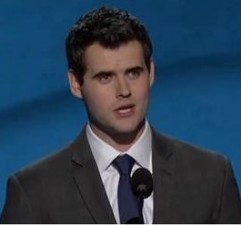
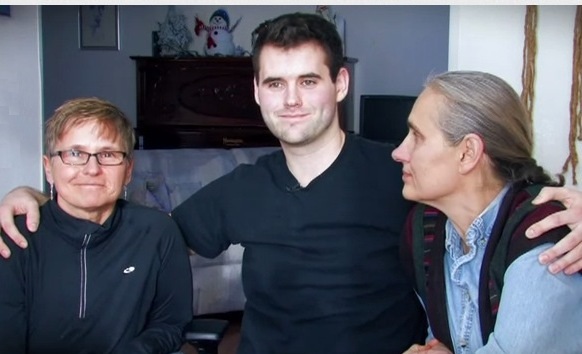
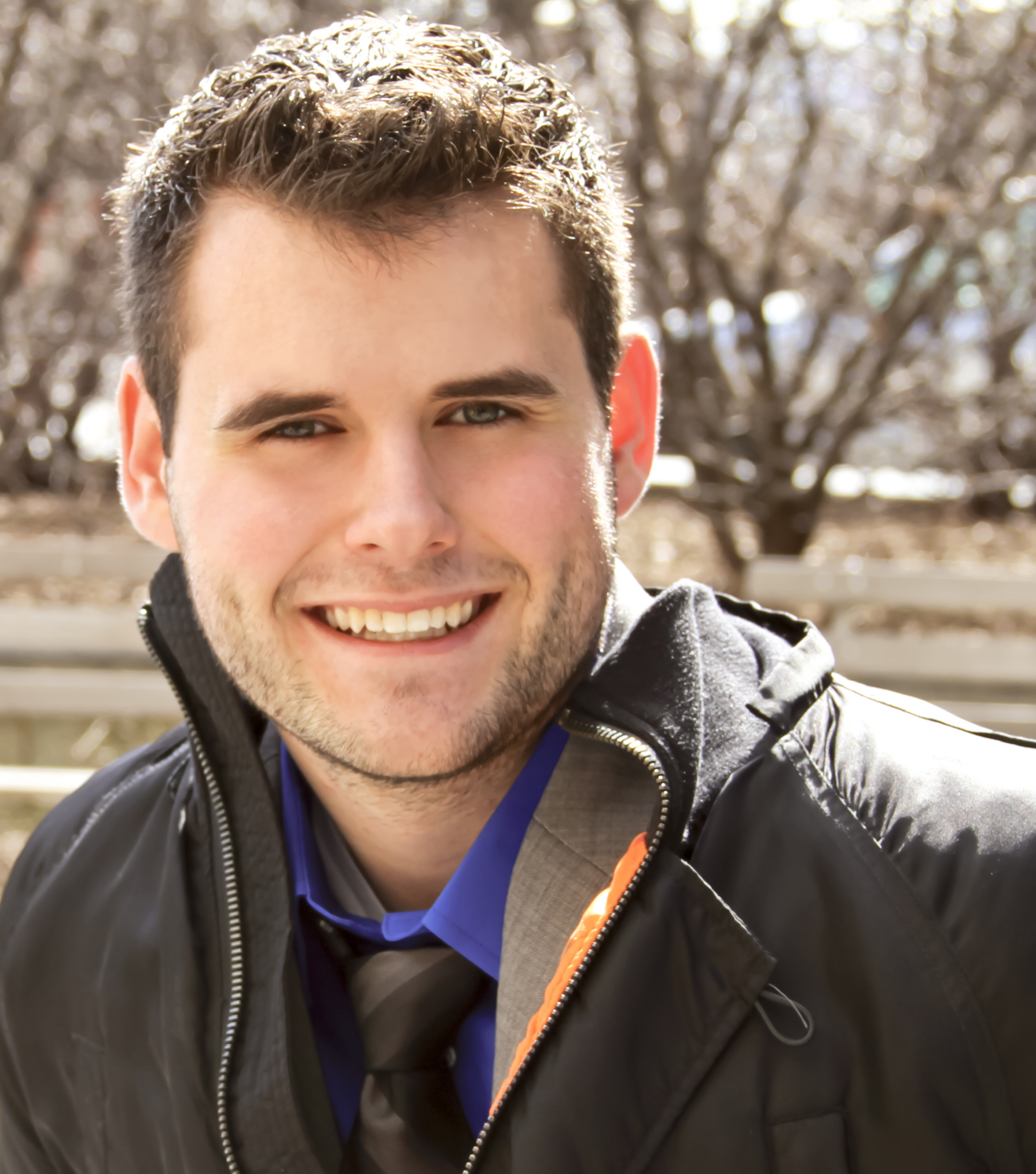
Wahls is
author of the book, My Two Moms. He says,
"A family is a group of people who love each other.
If you're willing to put in the blood, sweat, toil and
tears...if you're willing to make the commitment and
demonstrate the love that it takes to successfully raise
a young, healthy, well-rounded adult...who you are is so
much less important than what you do."
"We are now seeing the first generation of children, who
were lovingly raised by LGBTQ parents, coming into young
adulthood," Family Equality Council Executive Director
Jennifer Chrisler says. "We know, from our conversations
with these young people and from our experience with
them, that they are terrific kids who are thriving and
succeeding in life by any measure you choose to use.
Many of them are now telling us that they are eager to
tell the truth about their families. Who better to
refute the myths and lies of hate groups than our grown
up children?"
Straight But Not Narrow
Jill Biden Champions LGBTQ Rights Movement's History
Cyndi Lauper Named Lifetime Ally Icon for WeHo Pride
LGBTQ Ally: Dan Reynolds and LoveLoud Festival
Diversity Best Practices: LGBTQ Organizations
Marcia Gay Harden: How My Three Queer Kids Made Me an
Activist
Showing Pride and Support
Jennifer Lopez at HRC National Dinner
Dolly Parton: On Supporting the LGBTQ
Community
How to be a Better Ally at Pride Events
What
Makes Cyndi Lauper a Gay Icon?
Info:
LGBTQ Heroes
HRC: How to be an LGBTQ Ally
How Straight Allies Can Prove They Support the LGBTQ
Community
Video Story: New Kind of Prom Date
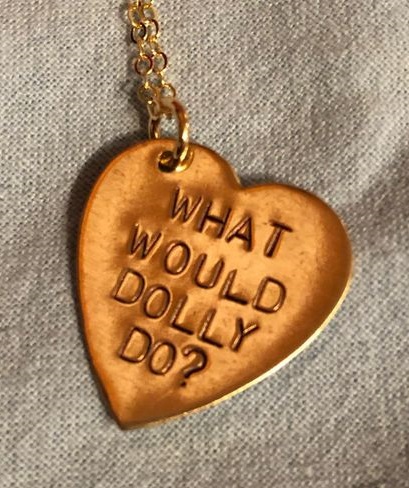
Gay
Icons
A gay (or queer) icon is a
public figure (historical or present) who is embraced by
members of the lesbian, gay, bisexual, transgender, and
queer communities. Some of the main qualities of a
gay icon often include glamour, flamboyance,
outspokenness, strength
through adversity, and androgyny in presentation. Such
icons can be of any sexual orientation or gender. They
may be LGBTQ or straight. Gay icons have given their
public support to LGBTQ social movements and fought against
LGBTQ oppression.
Historically, gay icons were typically elevated to such
status because their sexual orientation remains a topic
of debate among historians. Modern gay icons are
predominantly female entertainers who commonly garner a
large following within LGBTQ communities over the course
of their careers.
You can be sure you
are a gay icon if a drag queen dresses up as you or uses
you as an inspiration for her flamboyant, or otherwise
unapologetic, manner.
Modern gay icons in
entertainment include film stars and musicians, most of
whom have strong, distinctive personalities, and many of
whom died young or under tragic circumstances. For
example, opera singer Maria Callas became a gay icon in
the 1950s because the uniquely compelling qualities of
her stage performances were allied to a tempestuous
private life, a sequence of unhappy love affairs, and a
lonely premature death in Paris after her voice had
deserted her.
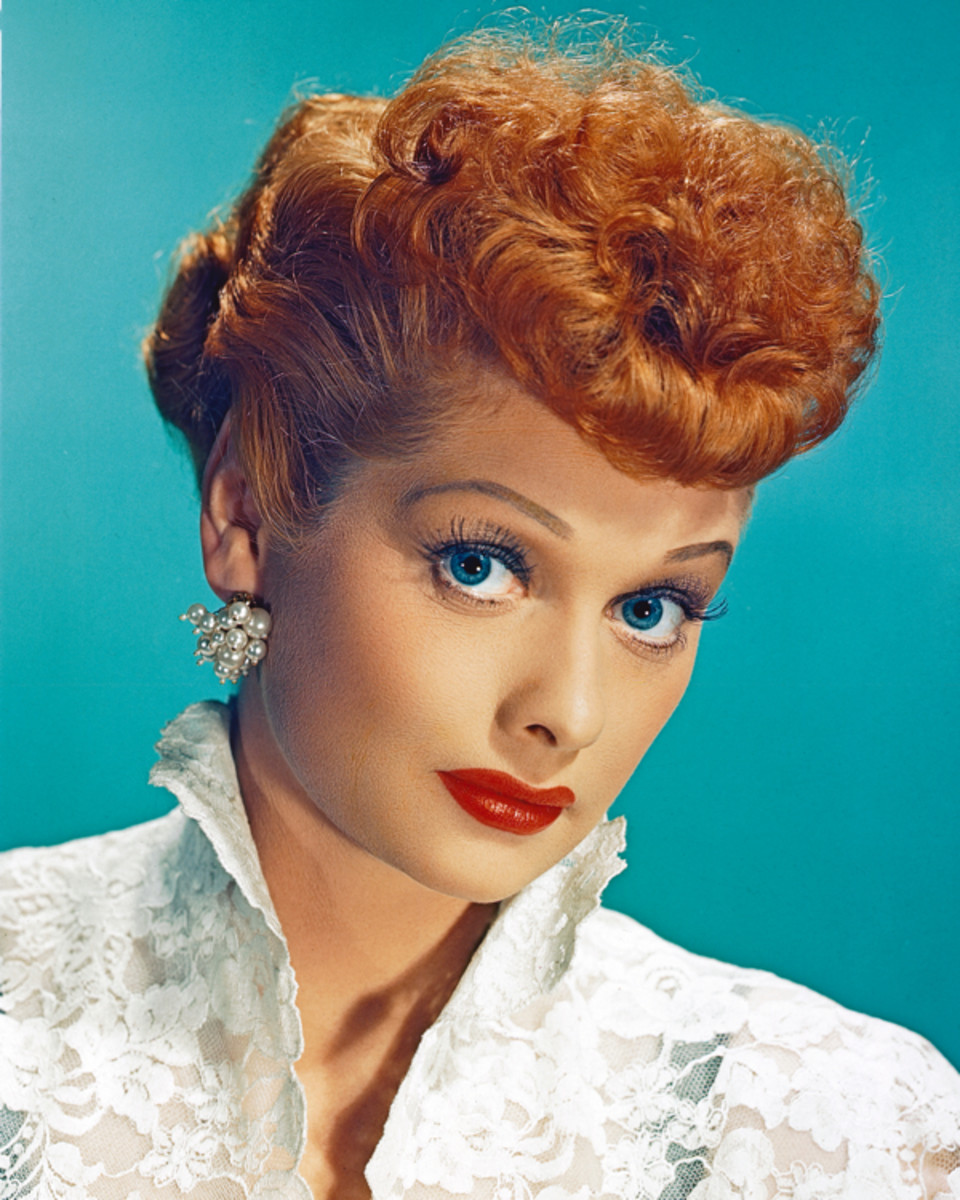
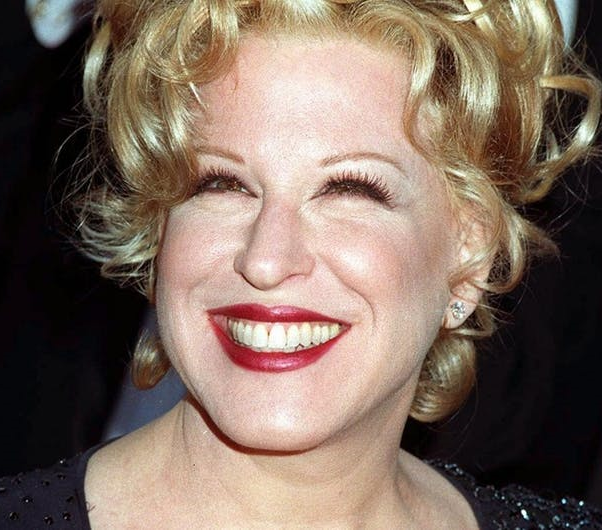
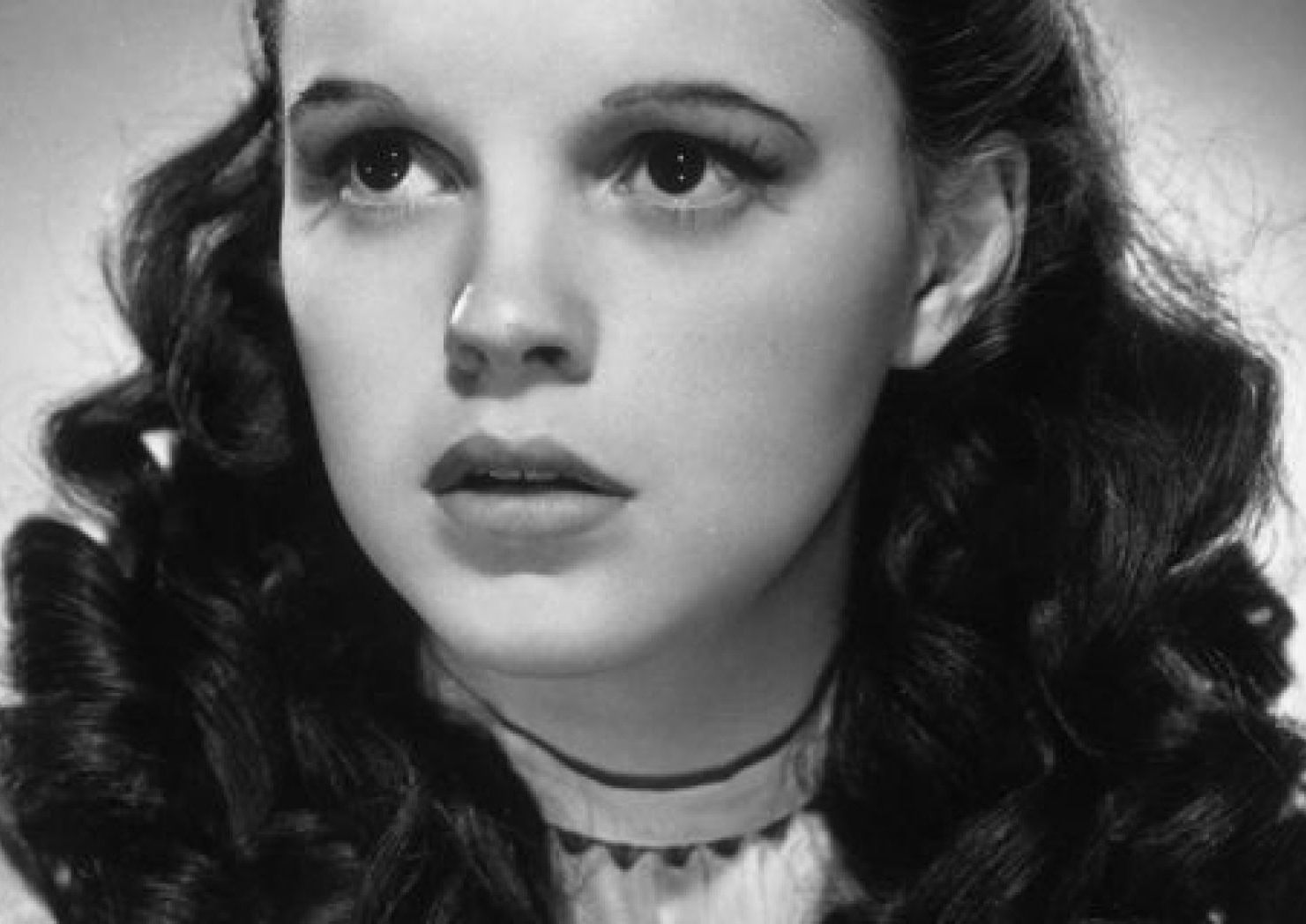
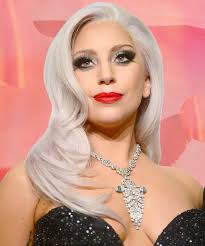
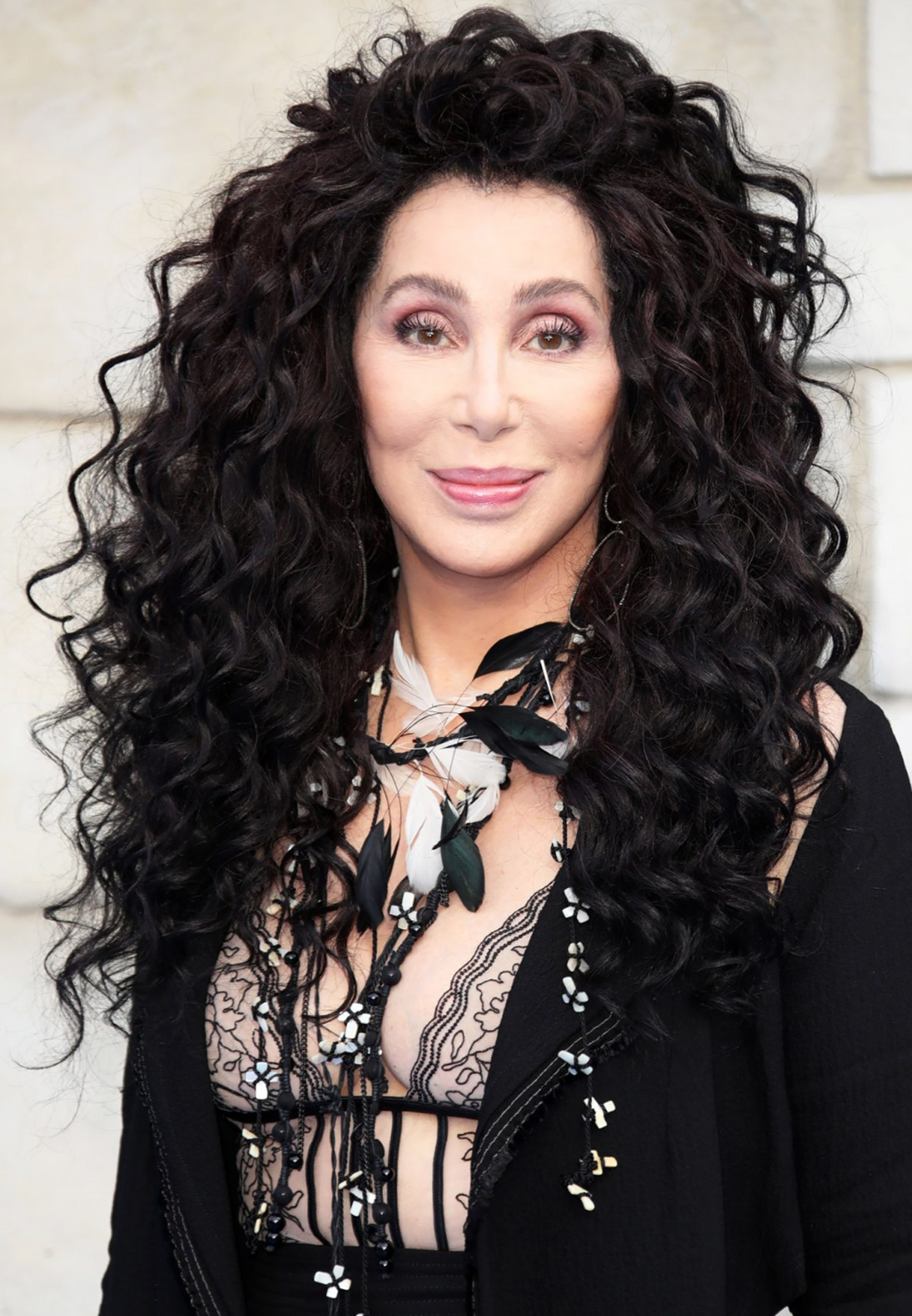
Gay
Icons Explained
What is a Gay Icon?
Ranker: Gay Icons in Music
The Diva Ally: Gay Icons
Why is Judy Garland the
Ultimate Gay Icon?
Queer Icons: Alive and Well
LGBTQ Icons Who Are Shaping Culture
Gay Icons: Divas Embraced by the LGBTQ Culture
Why Princess Diana Is An Enduring Queer
Icon
Gay men sympathize
with strong women celebrities who struggle for success,
in both the entertainment industry and in their personal
life. For these divas, suffering was the price of
glamour. They were martyrs who suffered for their art.
They were bold, sassy, campy, dramatic, exuberant, and
outrageous, and often emulated by drag queens as an
homage.
Lesbian icons, sometimes called "dykons" are most often
powerful women who are, or are rumored to be, lesbian or
bisexual. However, a few male entertainers have also had
iconic status for lesbian people. James Dean was an
early lesbian icon who, along with Marlon Brando,
influenced the butch look and self-image in the 1950s
and after. Even Johnny Cash has been cited as a minor
lesbian icon, attributing his appeal to "lesbian
identification with troubled and suffering masculinity."
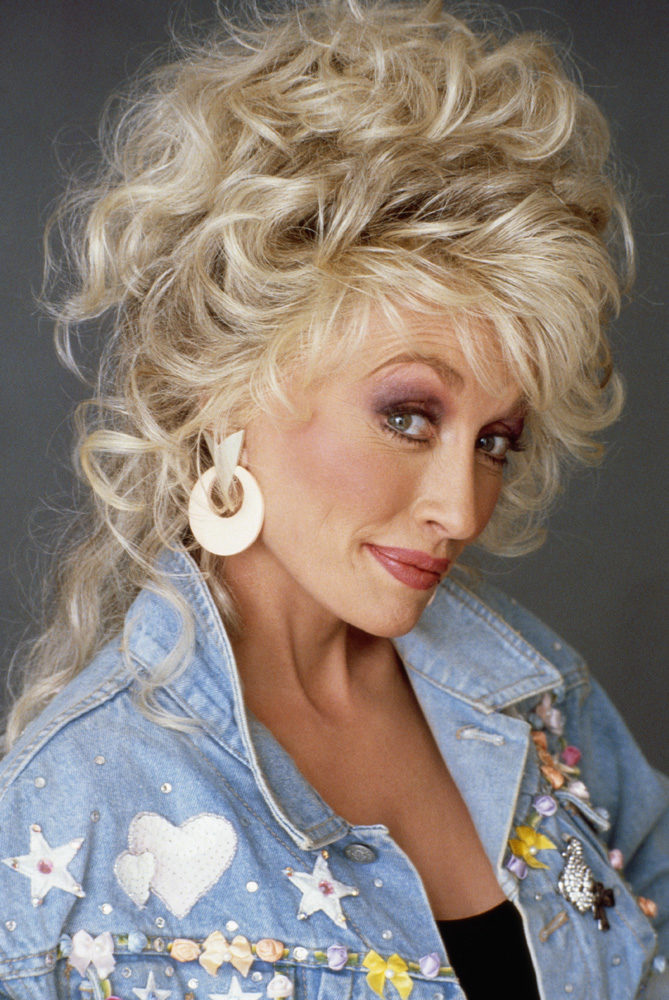
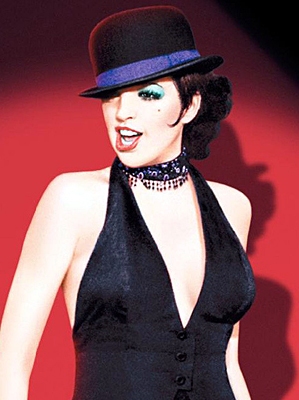
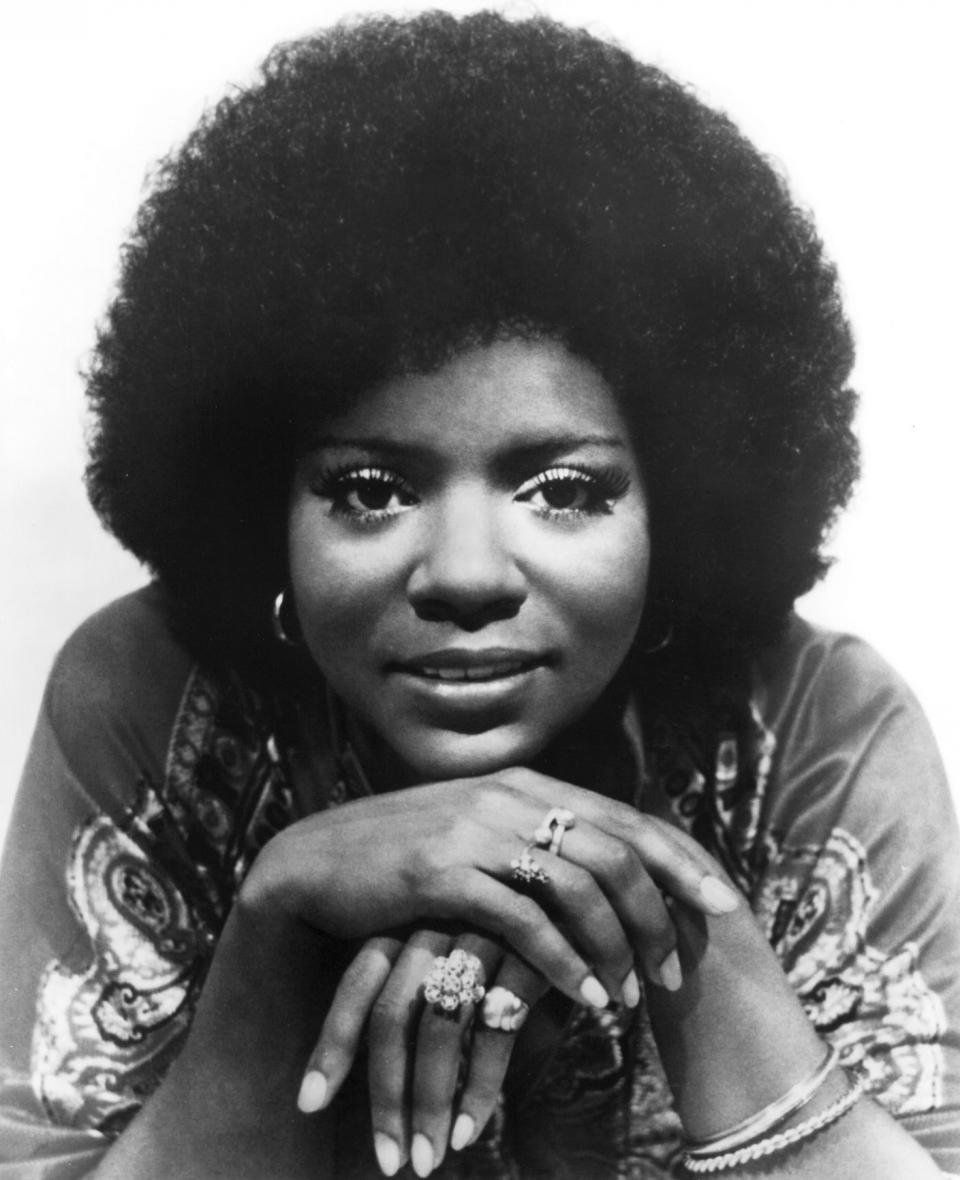
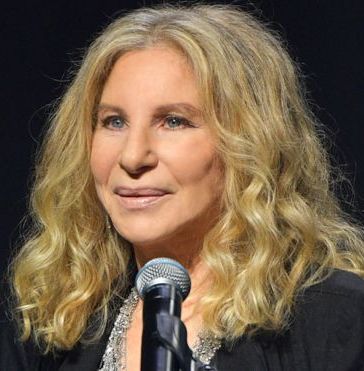
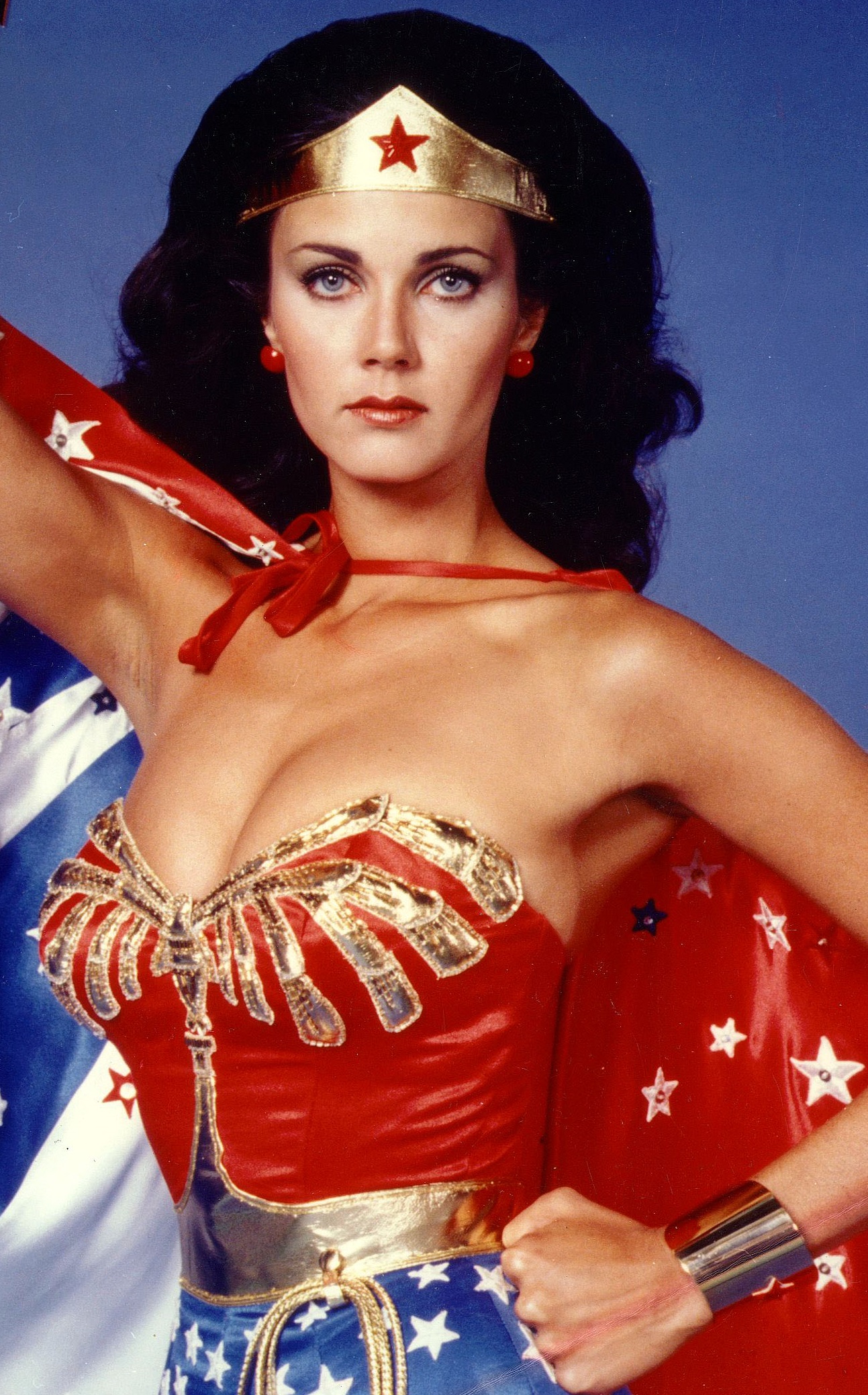
Gay Lesbian Straight
Education
Network
Parents & Friends of
Lesbians &
Gays
Gay Lesbian Alliance
Against Defamation
Gay Lesbian Straight
Education
Network
Popular gay icons
from the 1930s and 1940s include Bette Davis, Dorothy
Parker, Mae West, Josephine Baker, Greta Garbo, Jean
Harlow, and Katharine Hepburn.
From the 1950s and
1960s, gay icons include Judy Garland, Connie Francis,
Lana Turner, Maria Callas, Susan Hayward, Liza Minnelli, Joan Crawford, Marlene Dietrich,
Marilyn Monroe, Tallulah Bankhead, and Lucille Ball.
Male icons from that era include James Dean, Marlon
Brando, and Johnny Cash.
From the 1970s, gay
icons include Joan Rivers, Donna Summer, Bette Midler,
Gloria Gaynor, Barbra Streisand, Lynda Carter, Elizabeth
Taylor, Debbie Reynolds, Jane
Fonda, and Cass Elliot.
From the 1980s, gay
icons include Dolly Parton, Cher, Madonna, Hillary
Clinton, Patti LaBelle,
Annie Lennox, Diana Ross, Cyndi Lauper, Princess Diana,
and Ruth Bader Ginsberg. Male icons from that
era include Alan Alda, Phil Donohue, and Garth Brooks.
Today we
regard these celebrities and divas as gay (queer) icons:
Oprah Winfrey, Lady Gaga, Janet
Jackson, Lucy Lawless, Mariah Carey, Betty White, Sarah Jessica
Parker, Beyonce, Christina Aguilera, Kylie Minogue, Katy
Perry, Jennifer Hudson, Taylor Swift, Pink, Arianna Grande, Carrie Fisher,
Naomi Campbell, Kristin Chenowith, Kathy Griffin, and
Megan Markel.
Male icons include
Barack Obama, Patrick Stewart, Jay-Z, Nick Jonas, Ben Cohen, Macklemore,
Hudson Taylor, Josh Hutcherson, James Franco, Daniel
Radcliffe, and Prince Harry.
Gay
Icons Explained
What is a Gay Icon?
Elizabeth Taylor: Supporting LGBTQ Rights
Ranker: Gay Icons in Music
The Diva Ally: Gay Icons
Why is Judy Garland the
Ultimate Gay Icon?
Queer Icons: Alive and Well
What Makes Patrick Stewart a Gay Icon?
LGBTQ Icons Who Are Shaping Culture
Gay Icons: Divas Embraced by the LGBTQ Culture
Why Princess Diana Is An Enduring Queer
Icon
Dolly Parton: On Supporting the LGBTQ
Community
Reciprocity and Understanding
We expect that cis/straight
allies are sincere in their effort to extend respect and
affirmation to transgender and genderqueer people. We
expect that they understand why it is important to use
the proper pronouns and the proper name when referring
to or interacting with a transgender or genderqueer
person. We expect that they are aware of the harm that
can be done when someone deadnames a trans person or
uses the wrong pronouns. And we expect that they
are trying their best to do the right thing on behalf of
transgender and genderqueer people.
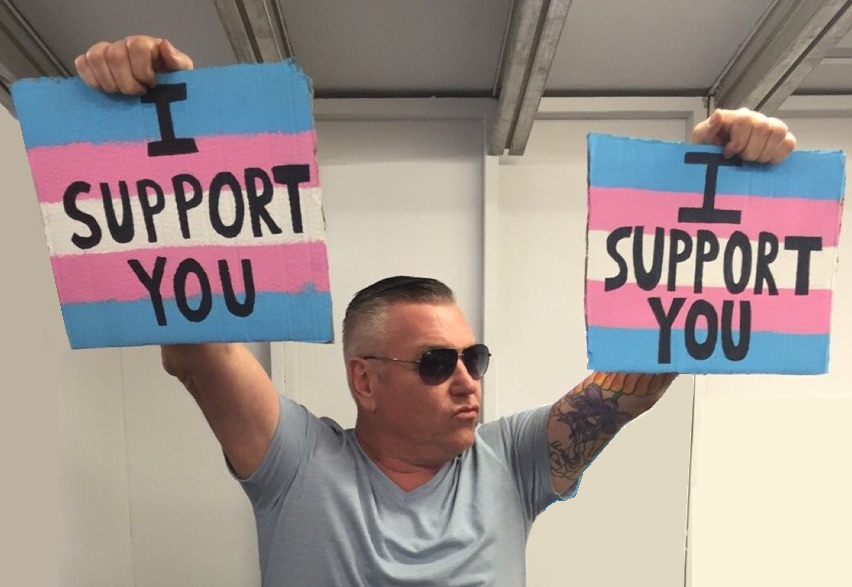
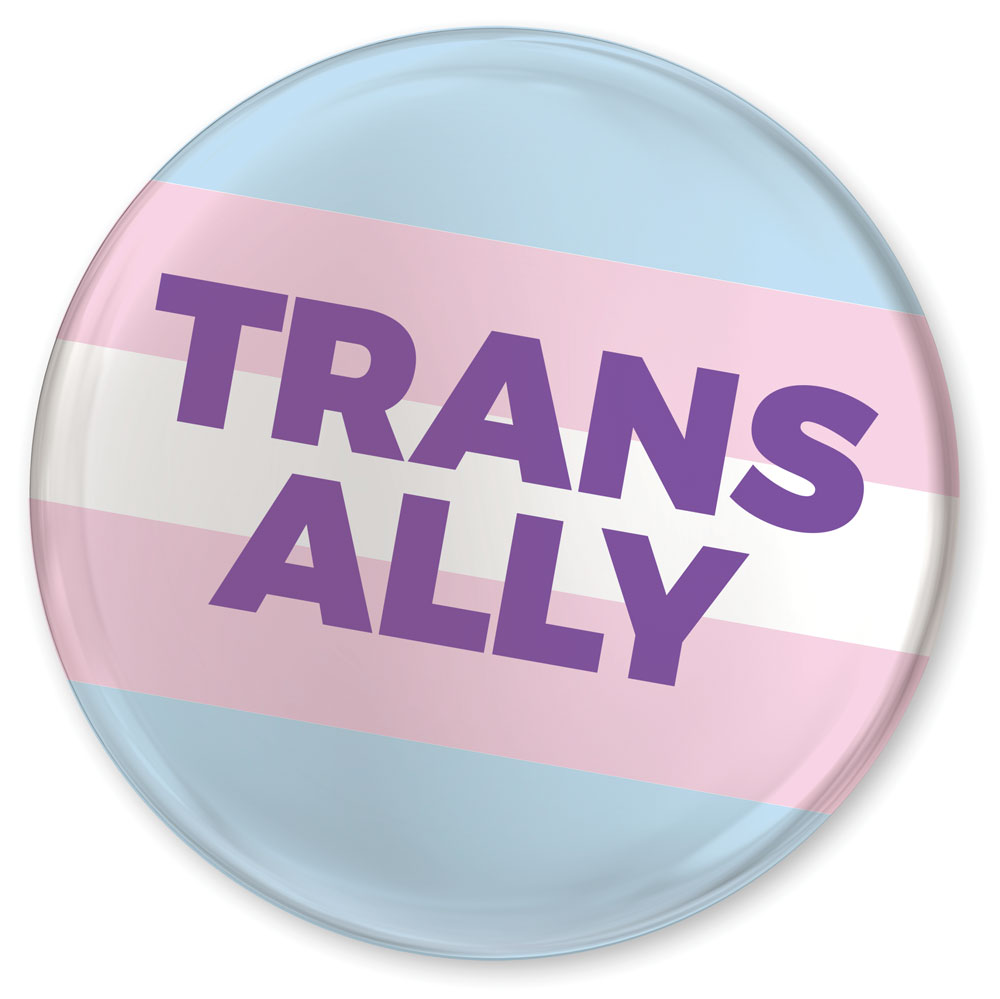
In the
spirit of reciprocity, we also expect that transgender
and genderqueer people will extend the same courtesy and
respect to cis/straight allies. We expect that
transgender and genderqueer people will be patient and
understanding of mistakes and mis-steps made by cis/straight
allies. We expect that they are aware that cis/straight
allies, while sincere in the effort to offer support and
affirmation, are not perfect and that they will
sometimes make mistakes. We expect that
transgender and genderqueer people understand that such
errors by cis/straight allies are unintentional and
accidental.
Please
remember, cis/straight allies are friends of the LGBTQ
community. They are not hostile, mean-spirited,
judgmental, or callous, but, in fact, seek to be
respectful, empathetic, and supportive regarding LGBTQ
people. They are not ignorant or uniformed, but, in
fact, are very educated regarding LGBTQ issues and
concerns. But they are also human, they are flawed, and
they are not perfect. Cut them some slack. They do not
need to be regarded in the same light as those who
purposefully, intentionally, and with conscious malice,
cause distress to LGBTQ people. Such anti-LGBTQ people
are ignorant and hateful and typically hold unhealthy
attitudes and dangerous beliefs regarding LGBTQ people.
How to be a Trans Ally
Basic Trans Ally Manners
Info: Deadnaming
Cis and Flawed: Being a Good Trans Ally
Being a Trans Ally
Info: Preferred Pronouns
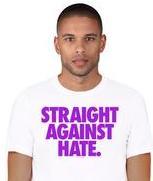
Allies Within
Organizations
"Engaging allies for
LGBTQ inclusion in the workplace is crucial. Creating
and maintaining LGBTQ-inclusive workplaces takes
concerted effort and sincere commitment from both
organizations and individuals. However, research shows
that many lack the awareness, knowledge, and skills
necessary to foster LGBTQ inclusion at work. While
protecting employees from discrimination is essential to
creating LGBTQ-inclusive environments, organizations
must move beyond anti-discrimination policies to
everyday issues facing LGBTQ employees."
-J.
Harper, Catalyst
"My support for
the LGBTQ community started many years ago, way before I
openly identified as an ally in the 90’s. Back then, I
had close friends and family who could not be openly gay
for fear of losing their jobs. Despite many changes, I
feel it is important to continue to advocate for
fairness and equality for all. Personally, I don’t
believe we should have to hide who we are in order to be
treated fairly in our communities, at work and within
our families. I decided to become a visible or out ally
to advocate for members of the LGBTQ community, who may
not be able to do so for themselves. And through our
LGBTQ-focused employee resource group, I am able to
support a positive and inclusive workplace."
-Jean-Claire
Fitschen, Executive Director, Multicultural & Diversity
Services, Comcast
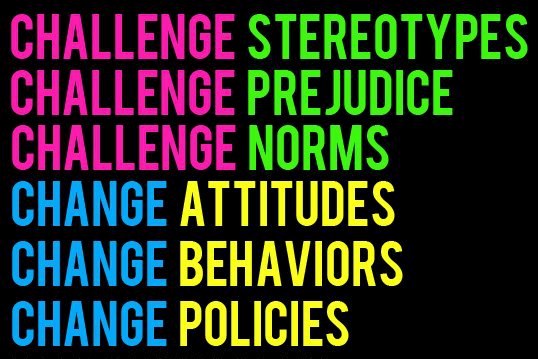
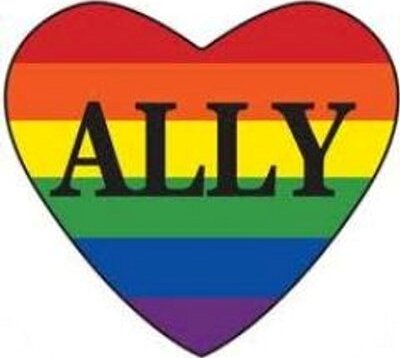
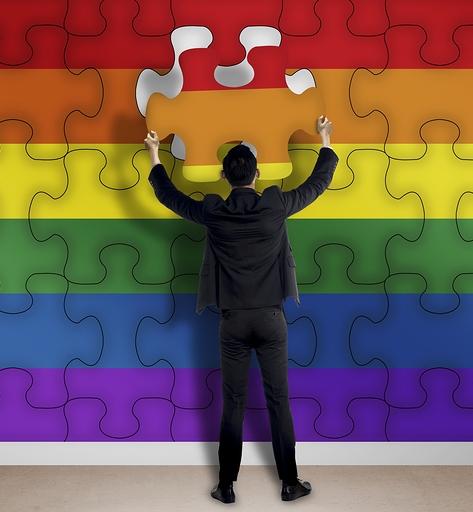
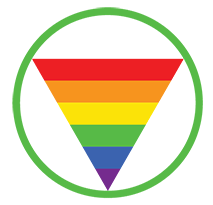
Adele Delivers Powerful Pride Message
NBA’s Charles Barkley: If You’re Gay or
Transgender, I Love You!
Iconic Actor and Longtime LGBTQ Ally Betty White has
Died at 99
Celebrities who Proved Themselves to be LGBTQ Allies in
2021
Wikipedia: What is a Straight Ally?
As I got
up to leave a meeting
the other week, a co-worker happened to glance at the
small and slightly fading, but still largely visible
sticker I had plastered to my company employee badge.
There, the neatly printed characters “ALLY” reflected
back at me. “What’s that for?” He asked, pausing to stay
behind as other colleagues began to file out of the
conference room. “Nickname?” I glanced down and smiled,
explaining to my colleague that the sticker was actually
a part of a larger campaign with one of our
organization’s employee resource groups to identify
individuals willing to support and stand up for the
rights of other individuals in the workplace (in this
case, members of the LGBTQ community). We had a valuable
conversation discussing why I became an Ally, what it
meant to be an Ally as a non-LGBTQ person, and why it
was important to declare “Allies” in the workplace.
Though I left the
conversation feeling good about sharing new resources
and potentially opening up the opportunity for further
discussion in the future, I couldn’t help but think of
how many Allies in the LGBTQ and other underrepresented
communities are not visible. It can be hard to find an
Ally in your workplace, school, or community. Simply
put, it is not very likely they will be wearing a
sticker.
And while the term “Ally”
is well-known and often discussed within the LGTBQ
community, as a woman and person of color, it is worth
reiterating this important role in other communities as
well. Individuals in all marginalized groups could
benefit from the advocacy, engagement, and support of
Allies. Recognizing and acknowledging our own privileges
enable us to work as Allies towards upheaving biases,
prejudices, and patterns of injustice that continue to
persist within our society. Allies also help to
dismantle stereotypes and provide valuable support to
individuals in oppressed groups who may not have the
power, status, or opportunity to influence institutional
and systemic change. To be an Ally is to be an advocate
and catalyst for social change, particularly in the face
of our society’s “isms” (sexism, racism, ableism,
heterosexism, ageism, classism).
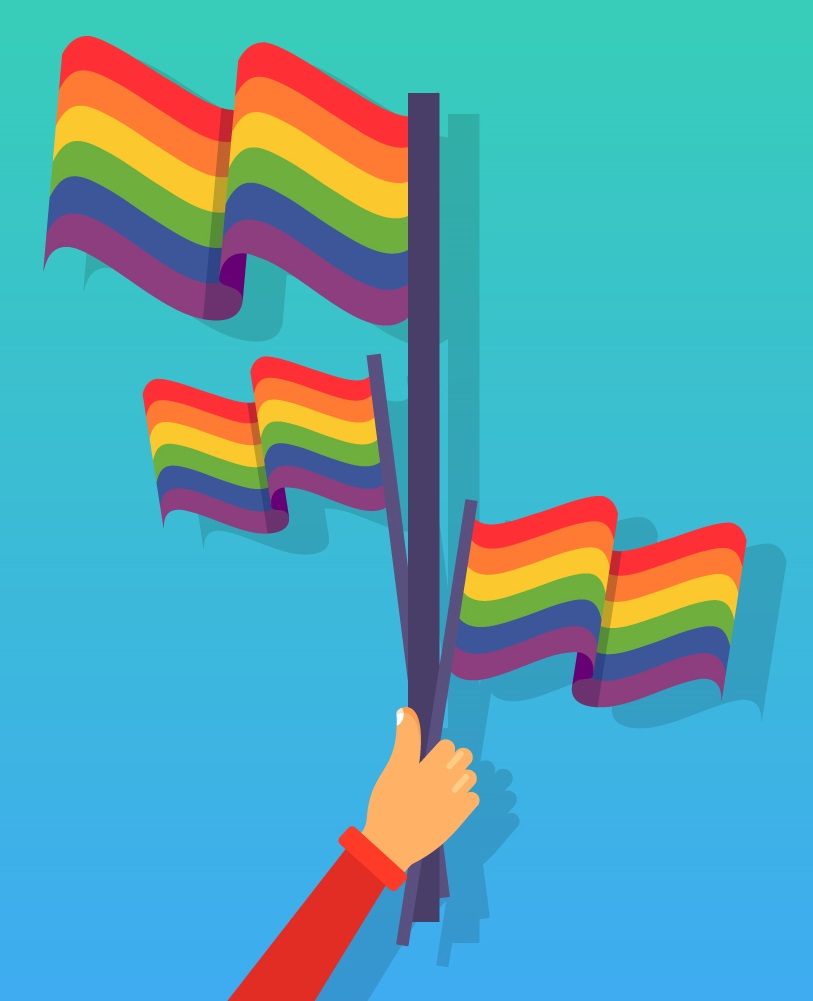
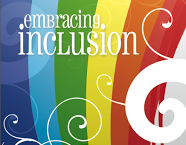
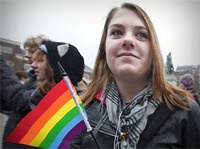 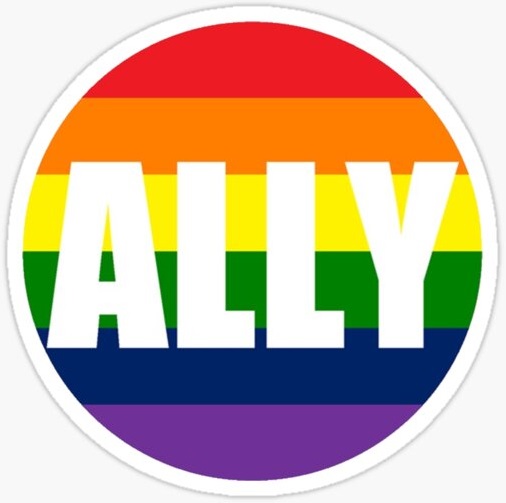
Ally Guide for Trans and
Non-Binary Youth
Straight But Not Narrow
Coming Out: Being a Good Ally
Straight for Equality: PFLAG Guide to Being an Ally to
LGBTQ People
Mama Bears
What
Makes Cyndi Lauper a Gay Icon?
Marcia Gay Harden: How My Three Queer Kids Made Me an
Activist
How Straight Allies Can Prove They
Support the LGBTQ Community
Expert Tips for Cis People
Who Want to Be Better Trans Allies
Why Princess Diana Is An Enduring Queer
Icon
Showing Pride and Support
Free Mom Hugs
Oftentimes, individuals
may not believe they have the tools, resources, or
influence to be an Ally. They may fear saying or doing
the “wrong thing”, or may feel that they do not have the
knowledge needed to contribute meaningfully to a
conversation. Being an Ally doesn’t have to mean
starting a campaign, kicking off a new initiative, or
organizing an event (although these are all great
efforts). It is often through our smallest day-to-day
interactions (speaking up for a colleague overlooked in
a meeting, listening with empathy, and making an effort
to understand others’ experiences) that can make the
greatest impact, both personally and across our
organizations.
Without wearing a sticker
proclaiming your Ally status, the easiest way to begin
to be an Ally is to listen. When you take the time to
truly hear others and learn from them, people take
notice. Developing as an Ally is a skill that doesn’t
happen overnight. It comes from engaging in open
conversations, asking questions, recognizing your own
biases and blindspots, and stepping out of your comfort
zone.
Most, if not all, of us
have encountered instances in our lives where we have
felt like “the other”. Whether that feeling has come on
a sports team, at work, with our families or friends, or
in another social situation, it has allowed us insight
into how individuals in underrepresented and oppressed
groups feel during their daily lives. As potential
Allies, it is our responsibility to use these
experiences to shape our thoughts, words, and ultimately
actions.
To empower others, we
must first empower ourselves to be brave in our
interactions, conversations, and actions. This bravery,
in turn, translates into a stepping stone for more
inclusive and collaborative environments.
[Source: Na Shai
Alexander, The Inclusion Solution]
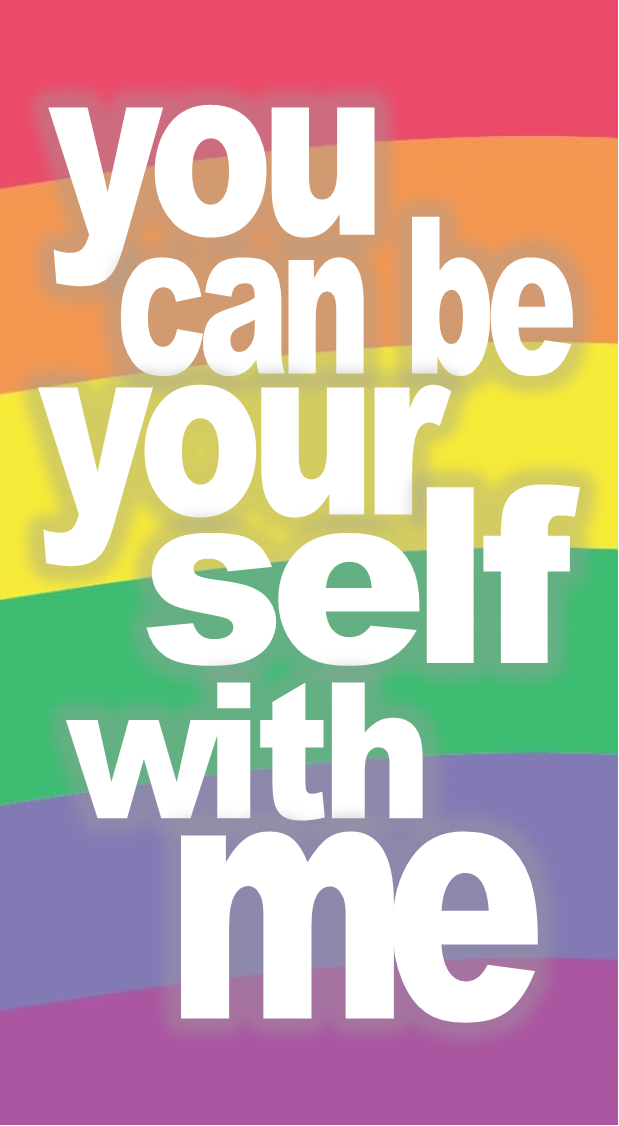
Wikipedia: What is a Straight Ally?
Ally Guide for Trans and
Non-Binary Youth
Why Taylor Swift's LGBTQ Advocacy Matters
Jill Biden Champions LGBTQ Rights Movement's History
NBA Legend Charles Barkley: Message
for Transphobes and Homophobes
Huff Post: HRC's Ally Annual Awards
Coming Out: Being a Good Ally
How to Truly Show Up as an Ally to Marginalized
Communities
Human Rights Campaign: Honoring Allies
Pride Event Tips for Straight People
Ruth Coker Burks: AIDS Ally and Hero
Info: LGBTQ Organizations
Joe Biden's As You Are Campaign
DotGay Dictionary: What Does it Mean to
be an Ally?
Princess Diana: One Simple But Profound
Gesture
Ally Tips: Do's
And Don'ts
Assumptions/Stereotypes
--Don’t assume that LGBTQ persons are more open to
discussing sex
--Don’t use language that sexualizes LGBTQ persons
--Don’t assume that LGBTQ individuals have certain
politics, views, philosophies, perspectives, opinions
--Don’t make assumptions about a person’s gender
identity/expression based on their sexual orientation,
and vice versa (for example, assuming that a gay man is
interested in fashion solely because he is gay)
--Do treat LGBTQ persons the same as anyone else
--Do understand that an individual’s LGBTQ status is
only a very small part of who they are
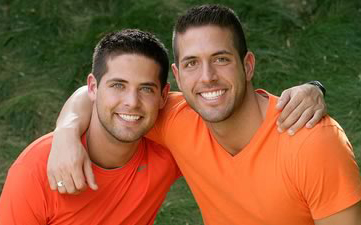
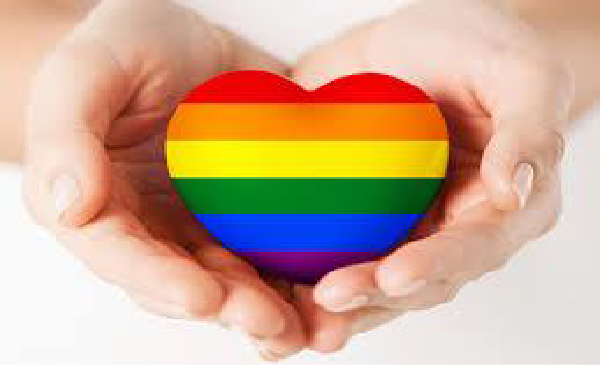
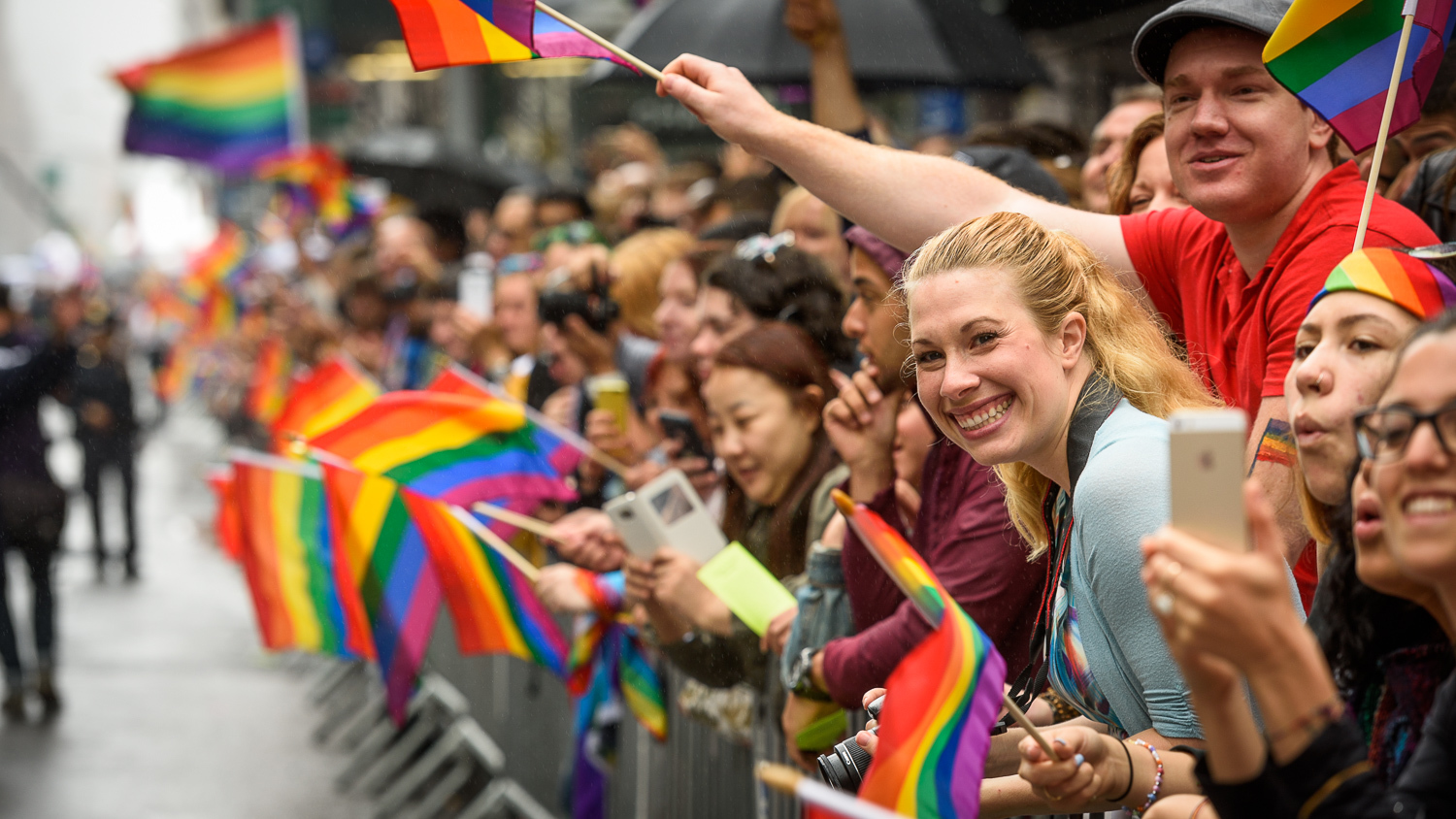
Terminology/Word Usage
--Don’t say “lifestyle” or “choice” when you mean
“sexual orientation”
--Don’t say “sexual preference” when you mean “sexual
orientation”
--Don’t say “those people” or “you people”
--Don’t say “homosexual”
--Don’t say “transgendered”
--Don’t say “a transgender”
--Don’t say “tranny,” even if you are a member of the
LGBTQ community
--Don’t refer to an LGBTQ person’s significant other as
“your special friend”
--Don’t use “queer” if you are not sure the person is
comfortable with the term
--Don’t refer to someone as “changing” their gender
--Do follow the LGBTQ’s person’s lead in terms of word
choices
--Do ask people what terms they feel comfortable with
--Do include the entire LGBTQ community in language
(don’t just say gay and lesbian)
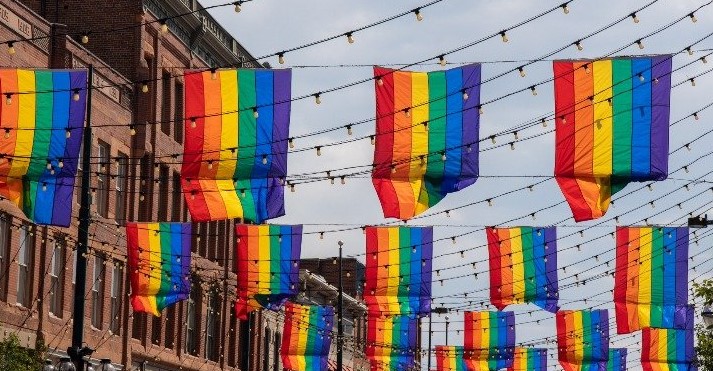
LGBTQ Ally: Dan Reynolds and LoveLoud Festival
Diversity Best Practices: LGBTQ Organizations
Elizabeth Taylor: Supporting LGBTQ Rights
Human Rights Campaign: Honoring Allies
DotGay Dictionary: What Does it Mean to
be an Ally?
Ally Guide for Trans and
Non-Binary Youth
How to Truly Show Up as an Ally to Marginalized
Communities
Marcia Gay Harden: How My Three Queer Kids Made Me an
Activist
Conversation
--Don’t assume that just because you are an ally you
have the right to ask intrusive questions about the
person’s sex life and politics (for example, asking “how
do you have sex”)
--Don’t comment on whether or not an individual looks
gay, lesbian or transgender (LGBTQ individuals are all
different)
--Don’t ask questions about personal medical issues
(“Have you had the surgery?”)
--Don’t ask about genitals (“What’s in your trousers?”)
--Don’t mistakenly “out” a person as LGBTQ (by talking
about them, or assuming that others know)
--Don’t ask others if you think someone else is gay
--Don’t limit conversation with LGBTQ individuals to
LGBTQ issues
--Don’t ask “Which one of you is the guy/girl in the
relationship?”
--Don’t make inappropriate personal inquiries that begin
with “when you were a man/woman…” (for example, “When
you were a man, did people treat you differently?”)
--Don’t refer to a transgender individual as a
“transgender man” or “transgender woman,” thus demeaning
their stature as being female or male
--Do apologize if you make a mistake, and then move on
--Do be supportive, but don’t over-compensate
--Do talk about the same things you would talk about
with anyone else (the weather, sports, hobbies)
--Do respect personal boundaries
--Do use open, inclusive, gender neutral terms if you
are inquiring about whether person has a significant
other
--Do resist tendency to bring up LGBTQ topics
immediately after someone discloses in one way or
another their LGBTQ status or frequently when you are
speaking with LGBTQ folks
--Do listen, and take your cue from the LGBTQ person
regarding what they do and don’t want to share or talk
about
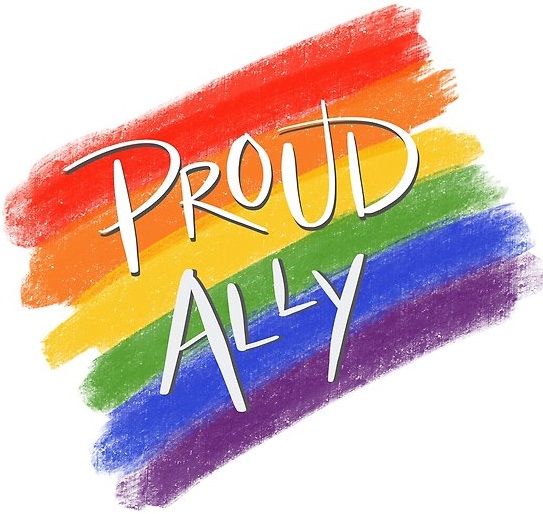
LGBTQ Ally: Dan Reynolds and LoveLoud Festival
Diversity Best Practices: LGBTQ Organizations
Ruth Coker Burks: AIDS Ally and Hero
Human Rights Campaign: Honoring Allies
Why Taylor Swift's LGBTQ Advocacy Matters
How to be a Better Ally at Pride Events
Video Story: New Kind of Prom Date
Jennifer Lopez at HRC National Dinner
HRC: How to be an LGBTQ Ally
Pride Event Tips for Straight People
Why Princess Diana Is An Enduring Queer
Icon
What
Makes Patrick Stewart a Gay Icon?
Transgender
--Don’t use transgender as a noun (For example, don't
say: "Sally Johnson is a
Transgender")
--Don’t use "transgendered" (Transgender never needs an
extraneous "ed" at the end)
--Don’t use "transsexual" or "transvestite"
(Outdated terms)
--Don’t speculate about medical procedures transgender
people may or may not choose to undertake as part of
their transition (This is private medical information,
and a transgender identity is not dependent on medical
procedures)
--Don’t imply that someone who comes out as transgender
(regardless of their age) was lying or being deceptive
because he or she chose to keep that information private
--Don’t indulge in superficial critiques of a
transgender person's femininity or masculinity
(Commenting on how well a transgender person conforms to
conventional standards of femininity or masculinity is
reductive and insulting)
--Don’t police people’s bathroom choices
--Do understand that transgender individuals are not
necessarily gay, lesbian or bisexual
--Do understand that LGBTQ youth may be particularly
vulnerable and sensitive
--Do describe people who transition as transgender, and
use transgender as an adjective
--Do refer to someone’s transgender female/male identity
as her/his gender identity, not her/his sexual
orientation
Gender Neutrality
--Do try to avoid gendered terms if they aren’t
necessary (say “child” not “son”)
--Do create a more inclusive environment by using gender
neutral and inclusive language (use words like “partner”
and “significant other” instead of “husband” or “wife”)
--Do avoid reference to gender in forms and applications
if you don’t need it
--Do consider not saying “ladies and gentleman” if it is
not necessary, since you exclude people who don’t
strongly identify with either
--Do open events to both genders (Don’t assume that men
would not want to be invited to an event about fashion
and make-up)
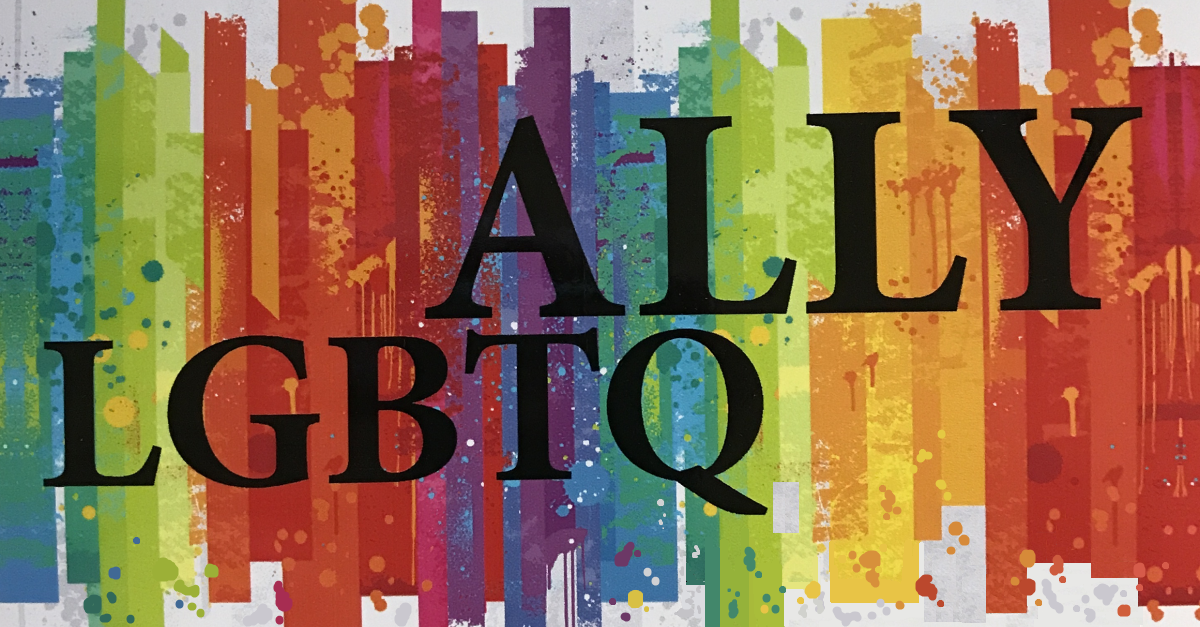
Why Taylor Swift's LGBTQ Advocacy Matters
How to be a Better Ally at Pride Events
Cyndi Lauper Named Lifetime Ally Icon for WeHo Pride
Video Story: New Kind of Prom Date
Jennifer Lopez at HRC National Dinner
HRC: How to be an LGBTQ Ally
Ruth Coker Burks: AIDS Ally and Hero
Pride Event Tips for Straight People
How Straight Allies Can Prove They Support the LGBTQ
Community
Pronouns
--Don’t try to guess someone’s pronoun
--Don’t use the wrong pronoun (Pronouns really matter)
--Do ask (if you truly need to) “what pronoun do you
prefer?”
--Do apologize and move on if you use the wrong pronoun
Support
--Do be affirming and let your LGBTQ friends and
colleagues know that you love them just as they are
--Don’t suggest that you accept a person “even though”
they are an LGBTQ individual
--Do encourage employment of LGBTQ persons
--Do speak out and express your objection if someone
else is making stereotypical and/or offensive jokes or
statements about LGBTQ persons or issues
--Do offer health insurance benefits that cover gender
transition related medical care
--Do ensure that people at the top of large
organizations are vocal about being allies and actively
involved in promoting LBGTQ inclusion
--Do donate money and resources to LGBTQ organizations
--Do get training and education on LGBTQ issues, no
matter how much you think you know already
--Do spend time with members of the LGBTQ community
--Do join LGBTQ organizations
--Do include younger persons in your efforts to be an
ally as they are often more inclusive and aware of LGBTQ
issues
[Source: American Bar
Association]
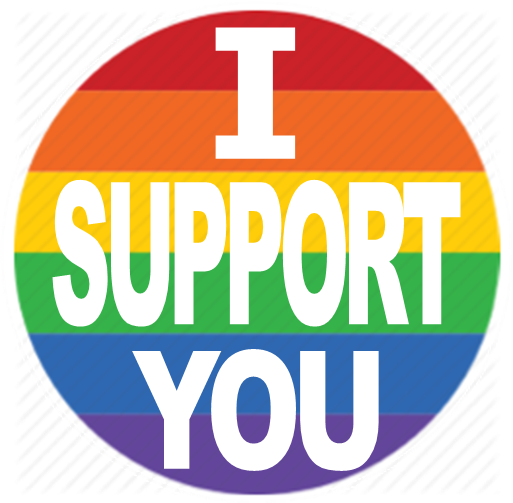
Gay Lesbian Straight
Education
Network
Parents & Friends of
Lesbians &
Gays
Gay Lesbian Alliance
Against Defamation
Gay Lesbian Straight
Education
Network
National LGBTQ
Task Force
Free Mom Hugs
Human Rights Campaign
Southern Poverty
Law Center
Campus Pride
Trevor
Project
Remembering the
Early Pioneers
PFLAG Began in 1972
Photo Left: PFLAG Moms, Mrs. Elizabeth Montgomery and
Mrs. Jean Manford, show their support during the 1974
Pride Day Parade in New York City. Photo Right: PFLAG
Dad, Dick Ashworth, a founding member of Parents and
Friends of Lesbians and Gays (PFLAG,) marching on June
3, 1974.
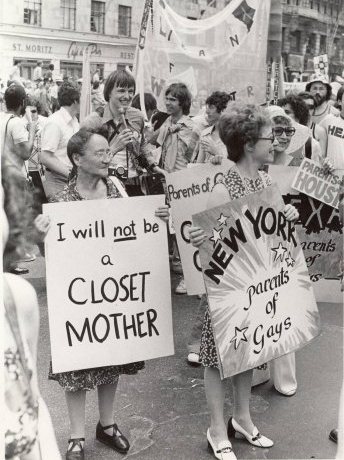
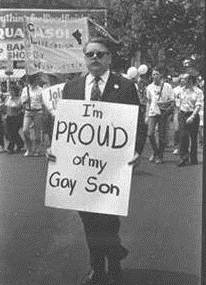
In 1972,
Morton Manford was physically attacked at a gay rights
demonstration in New York. Morty’s parents, Jeanne and
Jules Manford, saw the attack on a local newscast and
witnessed the failure of the police to intervene. Their
outrage turned them into activists. The concept of PFLAG
began in 1972 when Jeanne Manford marched with her gay
son in New York’s Pride Day parade. After many gay men
and lesbians ran up to Jeanne during the parade and
begged her to talk to their parents, Jeanne decided to
begin a support group. Approximately 20 people attended
the first formal meeting held in March 1973 at a local
church.
In the next years, through word of mouth and in response
to community need, similar groups sprung up around the
country, offering “safe havens” and mutual support for
parents with gay and lesbian children. Following the
1979 National March for Gay and Lesbian Rights,
representatives from these support groups met for the
first time in Washington, DC. In 1981, members decided
to launch a national organization.
The first PFLAG
office was established in Los Angeles under founding
President Adele Starr. In 1982, the Federation of
Parents and Friends of Lesbians and Gays (PFLAG), then
comprising some 20 groups, changed from a federation to
a membership-based organization and was incorporated in
California and granted non-profit, tax-exempt status. In
1990, following a period of enormous growth, PFLAG hired
an Executive Director, expanded its staff, and
consolidated operations in Washington, DC. In 1993, the
word “Families” was added to the name.
LGBTQ Nation: Proud Mom of Lesbian Daughters Carries
Same Sign in Every NYC Pride Parade
BuzzFeed: 92 Year Old Woman Holds Same Sign for 30 Years
Huffington Post: Mother of the Century
Free Mom Hugs
Advocate: Why Taylor Swift's LGBTQ Advocacy Matters
LGBTQ Nation: Remembering the Legacy of Bayard Rustin
Video Story: New Kind of Prom Date
NPR: Remembering Jeanne Manford, Mother and Gay Rights
Activist
Video: Zach Wahls Speaking About His Family
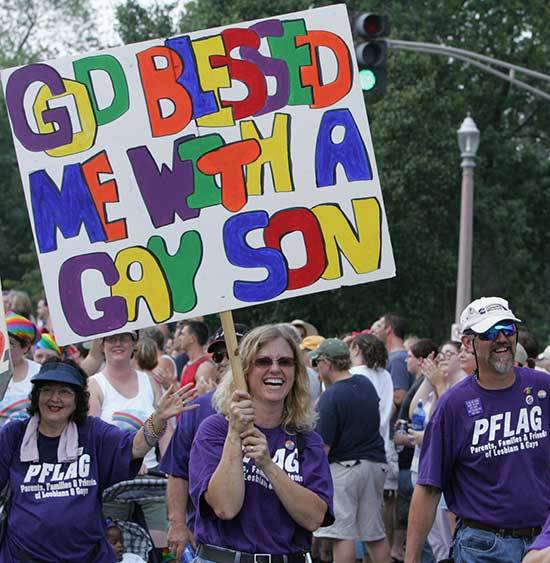
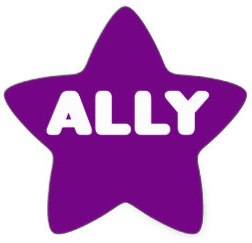
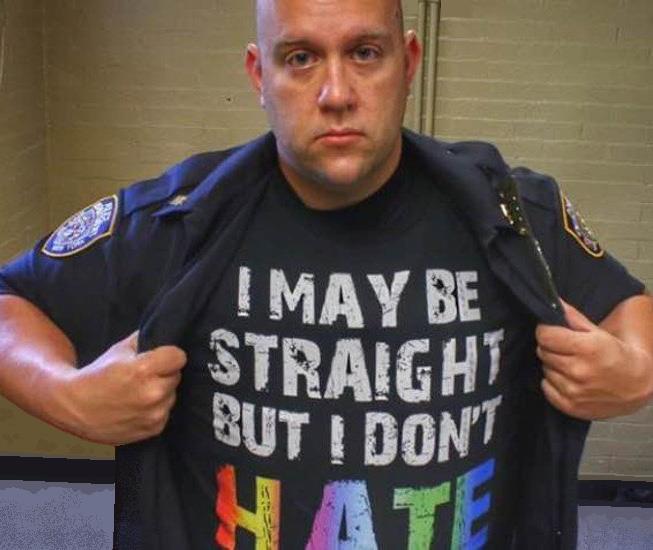
Personal Reflection: Being a
Straight Ally to the LGBTQ Community
Do you want to be an
LGBTQ ally? What is your motivation to be an LGBTQ ally?
Most straight people who begin the process of becoming
an LGBTQ ally describe feelings of anxiety because their
internal pro-LGBTQ beliefs were incongruent with their
external behaviors.
I had a similar
experience. I first wanted to be an ally because I was
tired of being silent during situations in which people
talked about the LGBTQ community. Internally, I felt
comfortable with my lesbian and gay friends and accepted
LGBTQ persons. However, having LGBTQ friends did not
help me feel comfortable about talking with LGBTQ
persons about their concerns and realities. I recall
several occasions when I fell silent and wished I could
have said more.
For example, I remember
riding in a car with a gay couple and one of the
partners talked about how his family struggled to accept
him. I was silent, wanting to say something to show my
understanding, but unable to do so. I remember, at a
wedding, I heard other persons continually make jokes
about a gay man and I could not respond. I remember
trying to be supportive when a classmate, “came out” and
told me he was gay. I remember others who said that
there had to be a biological cause to being gay because
no one would intentionally choose to be gay. I remember
agreeing with my friend that it was difficult to know
how to respond to a man when he says he has difficulty
telling his family that he is gay. I remember talking to
a Christian person who accepted gays only because she
“loved the sinner and hated the sin.” I remember
inadvertently discovering that my friend was a lesbian
and I did not know how to respond.
During those times, I
remember being passive and silent. I expressed general
acceptance, but I always felt disappointed in how I
handled those experiences. I just did not know what to
say when a person made jokes about gays or lesbians or
if a gay or lesbian person “came out” to me. My silence
made me anxious. If, internally, I felt comfortable
being around gays and lesbians, and I had gay and
lesbian friends, when I had the chance to say something
meaningful whenever others talked about being gay, why
did I become silent? I was tired of being silent and
wanted to do something about it.
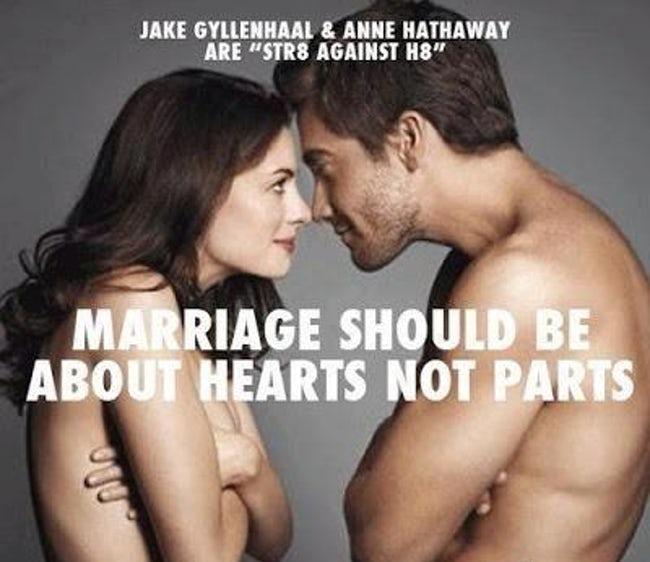
Gay Lesbian Straight
Education
Network
Parents & Friends of
Lesbians &
Gays
Gay Lesbian Alliance
Against Defamation
Gay Lesbian Straight
Education
Network
National LGBTQ
Task Force
Free Mom Hugs
Human Rights Campaign
Southern Poverty
Law Center
Campus Pride
Trevor
Project
Most straight allies
report experiencing “ambivalence” and a “fear of the
unknown.” In the early stages, allies might feel anxious
because they do not know what is expected of them. An
ally may fear how LGBTQ and non-LGBTQ persons will react
to them. Initially, I feared that I would not be a
“credible” ally. I felt that I was less “qualified” to
be an ally compared to friends who had LGBTQ siblings.
My friends were “credible” allies because they knew what
it was like when their family member “came out” as gay
or lesbian. I did not have these experiences, so how
could I relate? Would others describe me as an ally to
the LGBTQ community? I had to answer “no.” Honestly, I
felt that it was not enough for me to say I had LGBTQ
friends, that I accepted LGBTQ persons, or that I was
against the oppression of the LGBTQ community. I was
uncomfortable because I felt that I was too passive. I
needed to do more.
However, if I wanted to
“do more,” what would I do? What evidence did I need to
back my claim that I was an ally? Should I read more
literature about the LGBTQ community? Should I take
every opportunity to strike down LGBTQ jokes? Should I
speak out and fight legislation that discriminates
against LGBTQ individuals? How should I respond if
someone used the Bible as “evidence” that being gay was
fundamentally wrong?
New allies need to
explore their fears and anxiety. I too had to explore my
self-doubts and ineffable anxiety. I wondered if others
might question my motives. Among my motives was my
desire to improve my interactions with LGBTQ persons and
because the LGBTQ community deserves fair justice and
equal treatment.
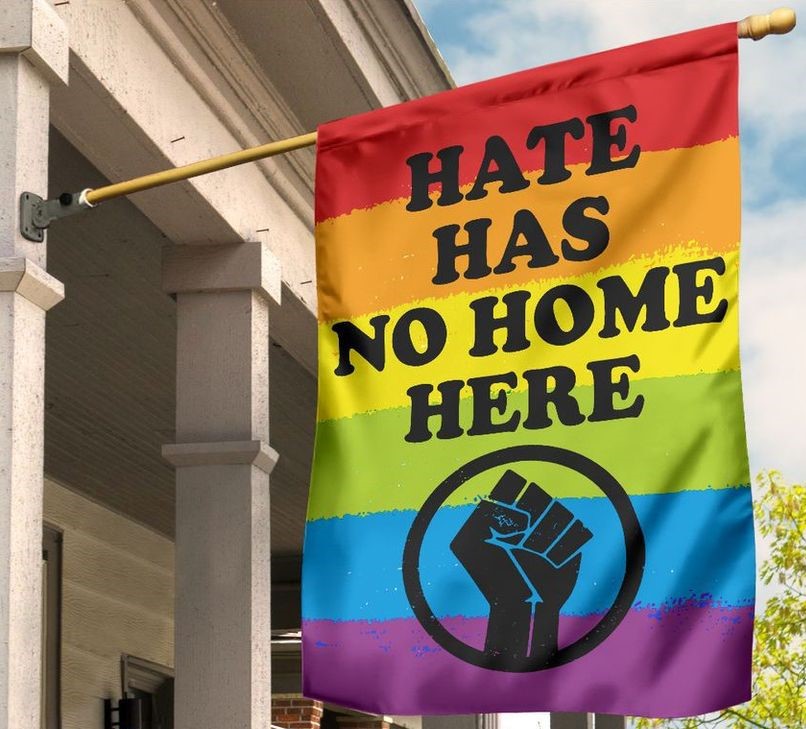
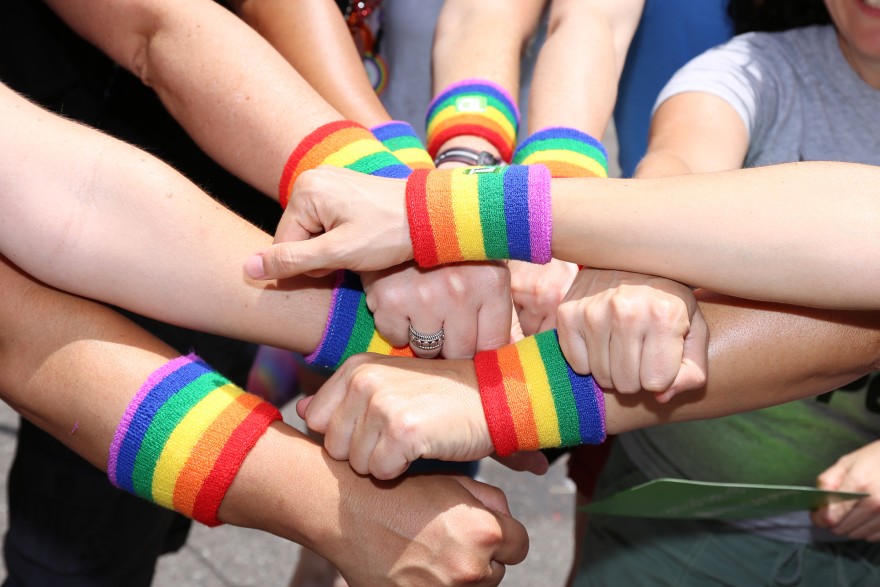
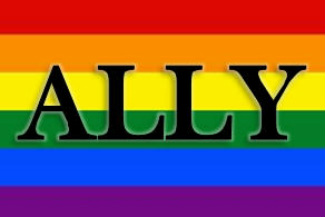
Ally Guide for Trans and
Non-Binary Youth
Straight But Not Narrow
Coming Out: Being a Good Ally
How Straight Allies Can Prove They
Support the LGBTQ Community
Expert Tips for Cis People
Who Want to Be Better Trans Allies
Why Princess Diana Is An Enduring Queer
Icon
Straight for Equality: PFLAG Guide to Being an Ally to LGBTQ
People
Elizabeth Taylor: Supporting LGBTQ Rights
Showing Pride and Support
Free Mom Hugs
Sometimes, allies
encounter less than positive reactions from non-LGBTQ
persons who may even question an ally’s sexual identity.
It is important that new
allies become aware of homophobia and understand the
oppression of the LGBTQ community and, as a result, lay
the foundation for genuine empathy and compassion.
Even though I thought of
myself as an ally, I still felt powerless about
discussing the concerns and realities that LGBTQ persons
face. I still did not know how to support LGBTQ persons
if they decided to “come out” to me, if they were
anxious if their families and friends would accept their
LGBTQ identity, or if they talked about the detrimental
effects of homophobia.
To be effective, allies
need to acquire knowledge about the experiences,
concerns, and realities of the LGBTQ community. I needed
to enter a knowledge stage. To gain knowledge, I wanted
to be a part of a group that was involved with the LGBTQ
community. The logical place to start was a local PFLAG
chapter. I attended a PFLAG meeting and found it to be
illuminating. I met an old friend and found out that
after all these years he was gay. We have maintained our
friendship ever since. Members were happy to see a
straight man participating in PFLAG. The meeting also
altered my assumption that everyone at PFLAG was
comfortable with his or her
LGBTQ loved ones. Some
have fully embraced their gay or lesbian family member
while others still struggled to accept. However, PFLAG
provided a space for everyone to feel comfortable and
talk openly about their experiences in being a family
member or a friend of a LGBTQ loved one.
As I listened to their
stories, I became familiar with the experiences of LGBTQ
persons, the coming out process, and the experience of
family members when they first received the news that
their loved one was LGBTQ. I discovered a key reason to
be an ally. Allies can support non-LGBTQ persons, family
members and friends, who feel isolated because they
carry a secret: someone they know and love is gay.
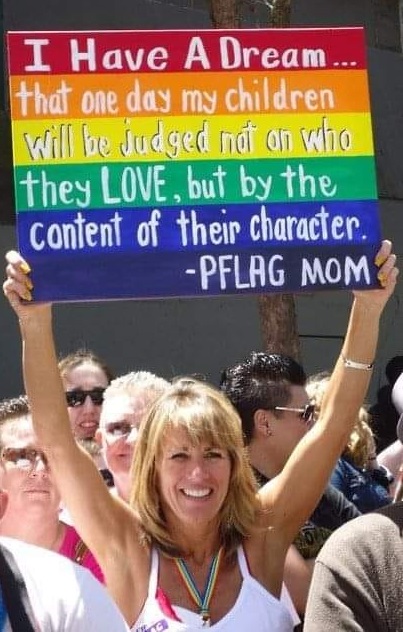
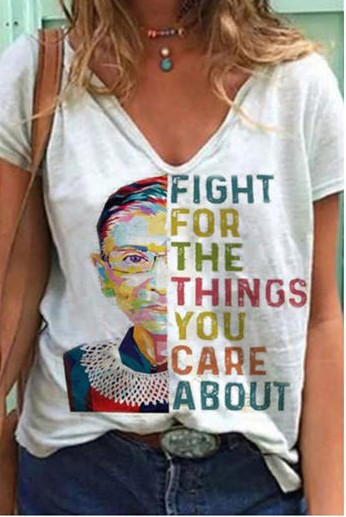

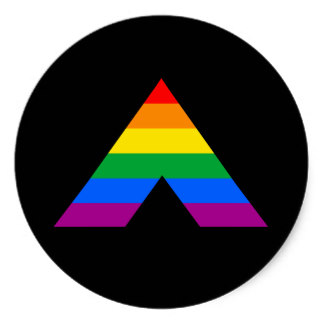
Trudy: To All the Gay Men I've Loved
Before
Patton Oswalt Apologizes for performing with Dave
Chappelle
Ruth Coker Burks: AIDS Ally and Hero
DotGay Dictionary: What Does it Mean to
be an Ally?
Why Taylor Swift's LGBTQ Advocacy Matters
Miranda Lambert on Her Support for the
LGBTQ Community
Brittany Spears' Pride
Month Shoutout Gets Interrupted
Huff Post: HRC's Ally Annual Awards
Secretary of State Hillary Clinton: Historic LGBTQ
Speech
Info: LGBTQ Organizations
Straight for Equality: PFLAG Guide to Being an Ally to
LGBTQ People
For example, one mother
said her daughter confided that she was a lesbian.
However, the daughter was unsure if she could tell the
other members of her family. Only the mother knew her
daughter’s secret. Consequently, when the mother came to
a PFLAG meeting she could not tell family members where
she went because she did not want to expose her
daughter’s secret.
A father described how
difficult it was for him to hear his fellow co-workers
joke about “homosexuals.” He could not risk saying he
was offended because he was afraid of the potential
backlash if he disclosed he had a gay son. Listening to
these stories, I began to understand that being an ally
is not just about accepting LGBTQ persons. One can
support parents, family members, and other non-LGBTQ
persons who feel isolated because their secrets cannot
be shared due to homophobia, discrimination, and
oppression. In a homophobic society, it is not enough to
accept passively LGBTQ persons. Allies need to express
openly their support so everyone can be free to either
say they are LGBTQ or that they know someone who is.
In an effort to be more
effective, allies should engage in pro-LGBTQ activities.
I finally felt comfortable interacting with LGBTQ
persons and their families and friends because I felt
conversant in the experiences and realities of the LGBTQ
community. I was no longer silent.
But, allies do more than
simply voice support for the LGBTQ community. They can
support LGBTQ persons who are coming out, support the
family and friends of LGBTQ persons, and non-LGBTQ
persons who struggle with homophobia or oppression. By
accessing supportive resources and interacting with the
LGBTQ community, one can develop pro-LGBTQ skills and
form an ally identity.
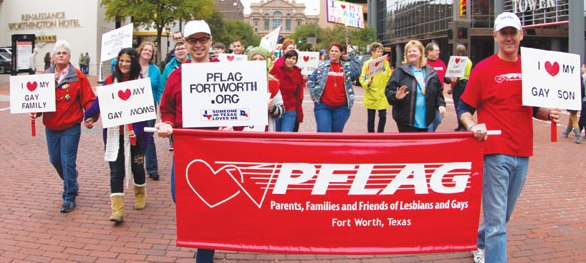
Here are reasons why it
was important for non-LGBTQ persons to support the LGBTQ
community:
--Allies can help other
persons stop the oppression of LGBTQ persons.
--Some non-LGBTQ persons
may have communicated to an LGBTQ person that his or her
sexual identity is deviant, inappropriate, or
transitional. Allies, however, can embrace and value an
LGBTQ person’s sexual identity.
--Allies can dispel the
myths and misconceptions of the LGBTQ community that are
held by the majority of society.
--Allies can help
non-LGBTQ persons positively resolve their biases and
discomfort with LGBTQ persons.
--An LGBTQ person might
feel excluded from other parts of society if the LGBTQ
community is the only community that accepts him or her.
Allies from all parts of society can help LGBTQ persons
feel acceptance. When everyone, not just the LGBTQ
community, accepts and includes LGBTQ persons, LGBTQ
persons have an easier time accepting their identities.
--Sometimes, the LGBTQ
community may not express acceptance towards an LGBTQ
person. In these cases, an LGBTQ person can rely on
allies for safety and support.
--Allies can provide hope
to an LGBTQ person that non-LGBTQ persons will accept
his or her sexual identity when the LGBTQ person is
ready to come out” to his or her families and friends.
--Allies can support an
LGBTQ person if his or her own family or friends do not
accept or support him or her.
--The friends and family
members of LGBTQ persons, who are searching for support,
may need to come out to allies.
--Persons who want to
come out as allies need the support of other allies.
--Allies can make every
setting (workplace, school, social group) safe for LGBTQ
persons and their family and friends to come out.
--It is simply the right
thing to do.
As an active ally, I
realized that to be a true supporter meant remaining
curious about my ally identity, being honest about
myself, acknowledging what I knew about my experiences
with the LGBTQ community, and deciding how I wanted to
be of help.
Ultimately, being an ally
is about taking action. This final stage of becoming an
ally involves open advocacy for the LGBTQ community. I
was finally able to reach that stage. At that point, I
felt comfortable in a supportive role. I felt I could
support an LGBTQ person’s concerns and realities if he
or she decided to come out. I also felt I could offer
support to the families and friends of LGBTQ persons and
interact with LGBTQ persons and converse with them about
their experiences with homophobia, oppression, and
heterosexual privilege.
[Source: Dr. Peter Ji,
Journal of Gay and Lesbian Psychotherapy]
Wikipedia: What is a Straight Ally?
Huff Post: HRC's Ally Annual Awards
Info: LGBTQ Organizations
Joe Biden's As You Are Campaign
Straight But Not Narrow
Free Mom Hugs
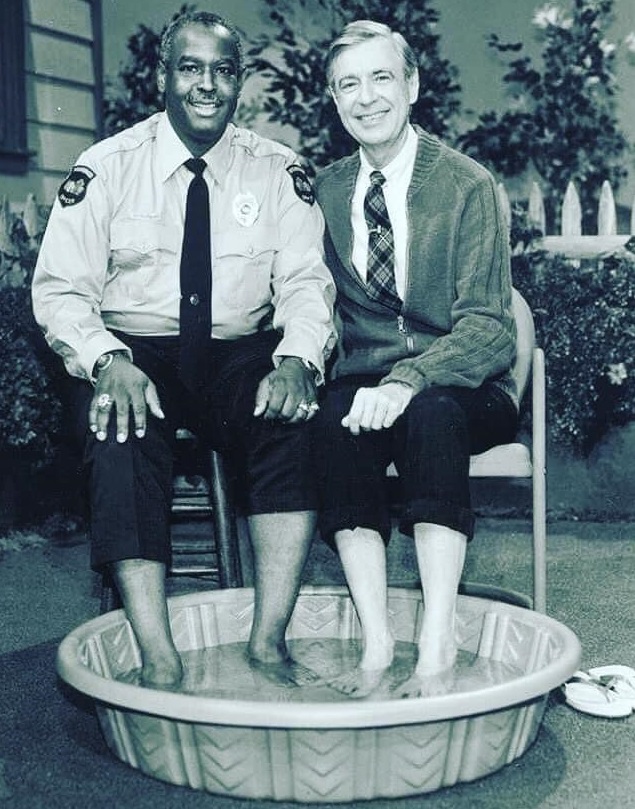
LGBTQ Ally: Fred
Rogers
In 1968, several months after Dr. Martin Luther King,
Jr. had been assassinated, Mister (Fred) Rogers quietly
did something at that time that was quite unthinkable -
he not only hired a black man to take on a regular role
in his children’s television program, “Mister Rogers’
Neighborhood” - and asked him to play a police officer.
He would also regularly invite Officer Clemmons to cool
his feet in the same pool - together.
Years later, in 1993, Officer Clemmons would make his
last appearance on Mister Rogers’ Neighborhood. In a
touching moment, Mister Rogers once again invited
Officer Clemmons, to join him at a pool in the front
yard. Two friends, one white, one black, soaked their
feet together and discussed the the importance of
friendship and being kind to one another.
As they
said their goodbyes, Officer Clemmons emotionally
thanked Mister Rogers and said, “I like being a human
being right here and now.” A great reminder that
wherever there is a human being, there is an opportunity
for kindness.
François Clemmons is a remarkable man who did far more
than just appear on Mr. Rodger's show: he was an
accomplished opera singer and actor, and helped to spark
revived interest in traditional spirituals. In addition
to receiving music degrees from Oberlin and Carnegie
Mellon -- at a time when African Americans were still
being denied educations -- he taught music and led
choirs at Middleton College in Vermont.
Clemmons
was also gay. Rogers was a Presbyterian minister, and
despite the official teachings of the church in the 60s
Rogers welcomed him. Their friendship helped to evolve
Rogers' views on homosexuality: while he could not
openly support the developing gay rights movement
without endangering his children's show, he and his wife
always welcomed and supported Clemmons and his friends
to their home.
“Franc, you have talents and gifts that set you apart
and above the crowd,” Rogers told him, Clemmons writes
in his memoir. “Someone has informed us that you were
seen at the local gay bar downtown. Now, I want you to
know, Franc, that if you’re gay, it doesn’t matter to me
at all. Whatever you say and do is fine with me, but if
you’re going to be on the show as an important member of
the Neighborhood, you can’t be out as gay.”
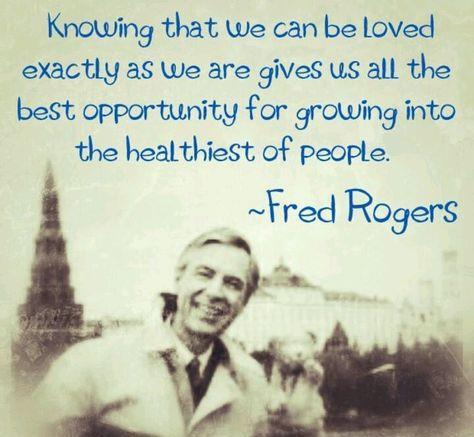
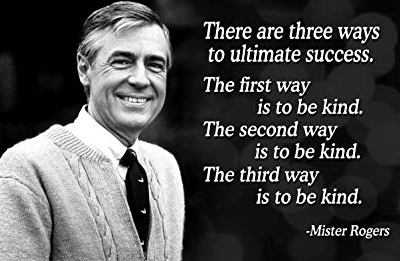
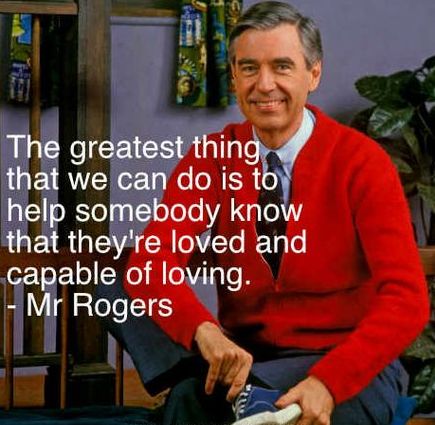
Advice From Fred Rogers
--As human
beings, our job in life is to help people realize how
rare and valuable each one of us really is, that each of
us has something that no one else has (or ever will
have) something inside that is unique to all time. It's
our job to encourage each other to discover that
uniqueness and to provide ways of developing its
expression.
--Knowing that we can be loved exactly as we are gives us
all the best opportunity for growing into the healthiest
of people.
--Love isn’t a state of perfect caring. It is an active
noun like “struggle.” To love someone is to strive to
accept that person exactly the way he or she is, right
here and now.
--The world needs a sense of worth, and it will achieve it
only by its people feeling that they are worthwhile.
--There are three ways to ultimate success: The first way
is to be kind. The second way is to be kind. The third
way is to be kind.
--I don’t think anyone can grow unless he’s loved exactly
as he is now and appreciated for what he is rather than
what he will be.
--Imagine
what our real neighborhoods would be like if each of us
offered, as a matter of course, just one kind word to
another person. There have been so many stories about
the lack of courtesy, the impatience of today’s world,
road rage and even restaurant rage. Sometimes, all it
takes is one kind word to nourish another person. Think
of the ripple effect that can be created when we nourish
someone. One kind empathetic word has a wonderful way of
turning into many.
Jill Biden Champions LGBTQ Rights Movement's History
LGBTQ Ally: Dan Reynolds and LoveLoud Festival
Diversity Best Practices: LGBTQ Organizations
Human Rights Campaign: Honoring Allies
DotGay Dictionary: What Does it Mean to
be an Ally?
Ally Guide for Trans and
Non-Binary Youth
How to Truly Show Up as an Ally to Marginalized
Communities
Why Taylor Swift's LGBTQ Advocacy Matters
How to be a Better Ally at Pride Events
Video Story: New Kind of Prom Date
NBA Legend Charles Barkley: Message
for Transphobes and Homophobes
Jennifer Lopez at HRC National Dinner
HRC: How to be an LGBTQ Ally
Ruth Coker Burks: AIDS Ally and Hero
Pride Event Tips for Straight People
How Straight Allies Can Prove They Support the LGBTQ
Community
HOME
QUEER CAFE
│ LGBTQ Information Network │ Established 2017
|